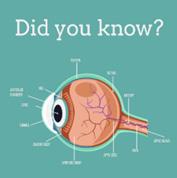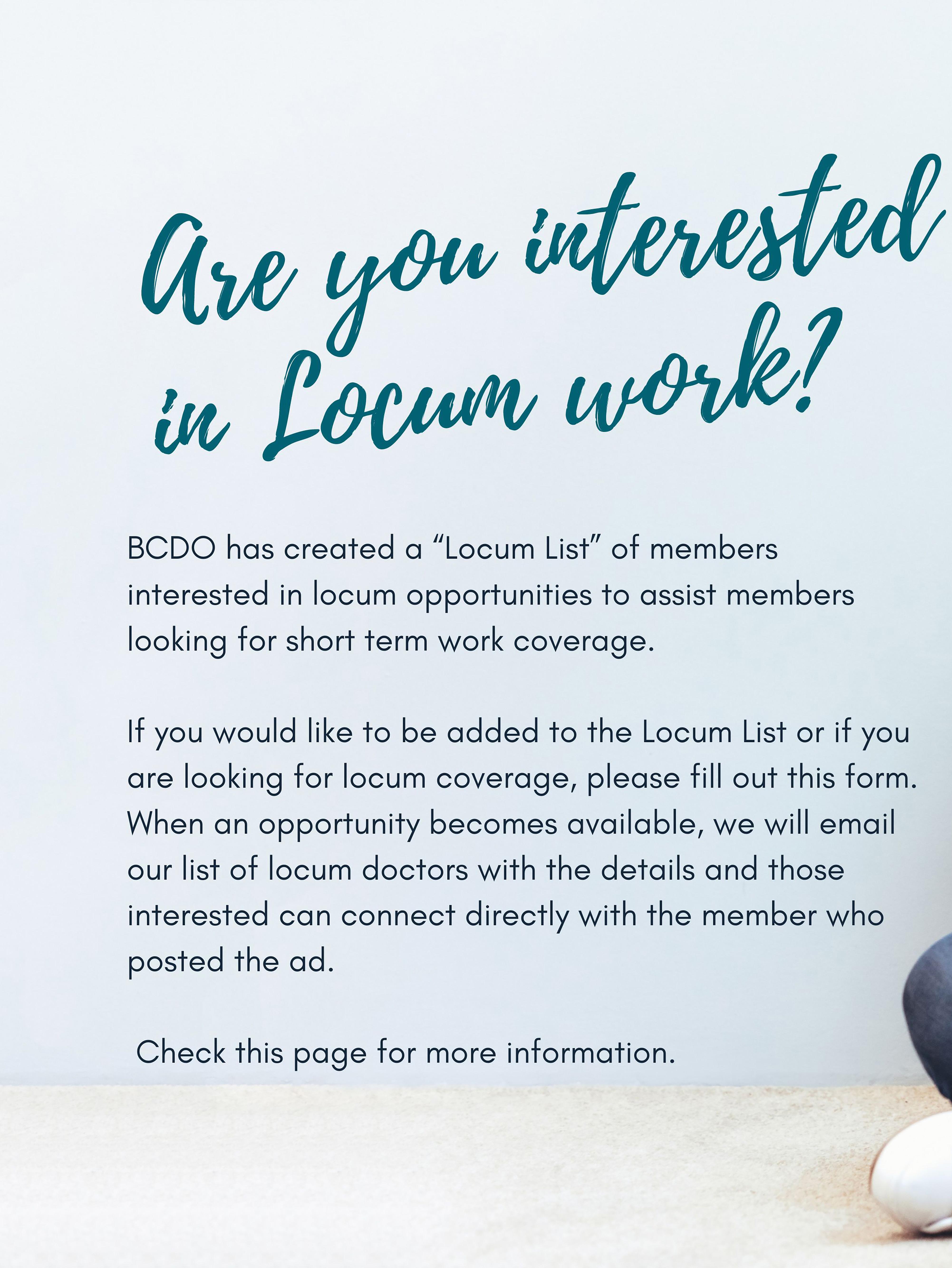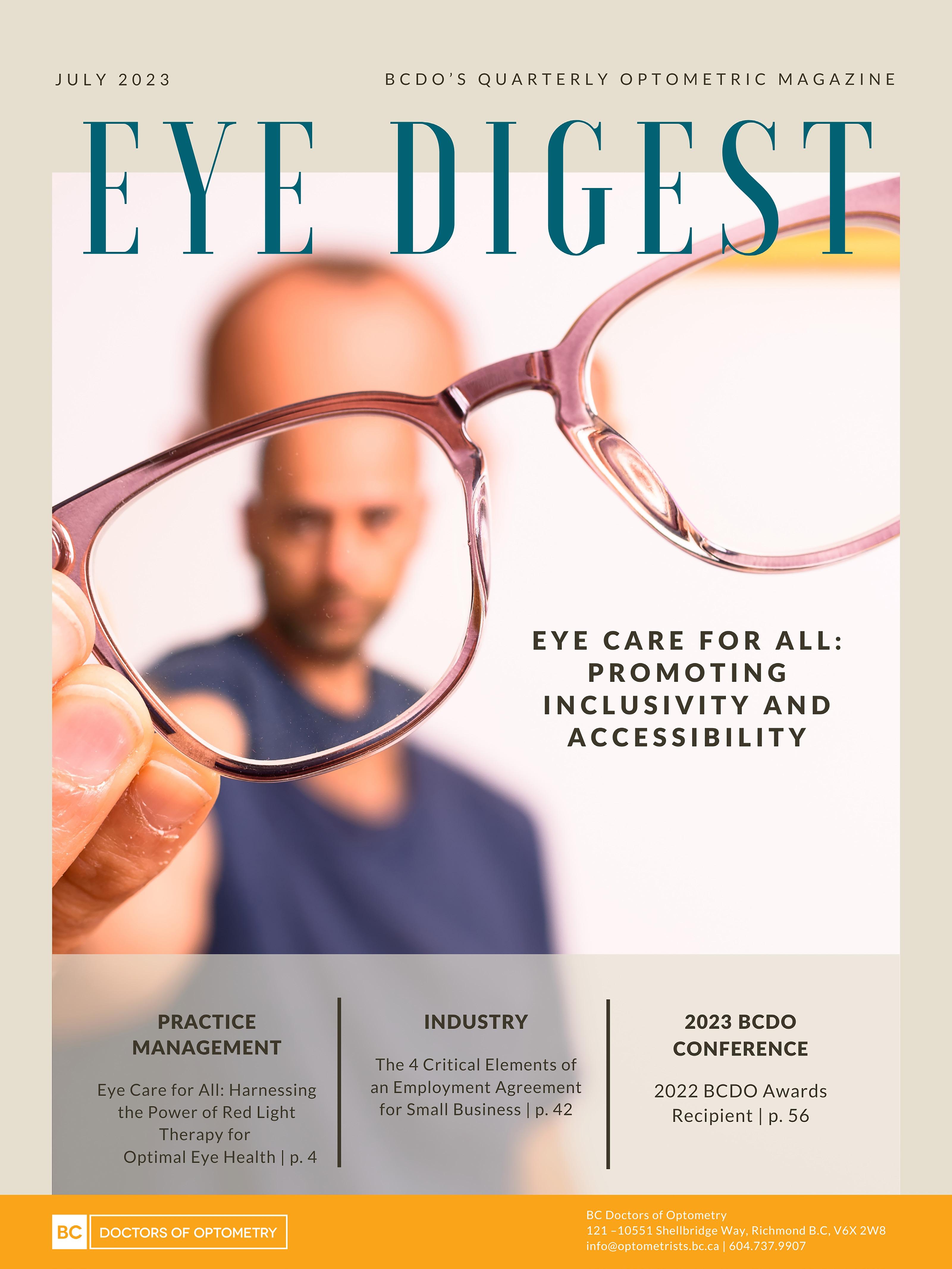
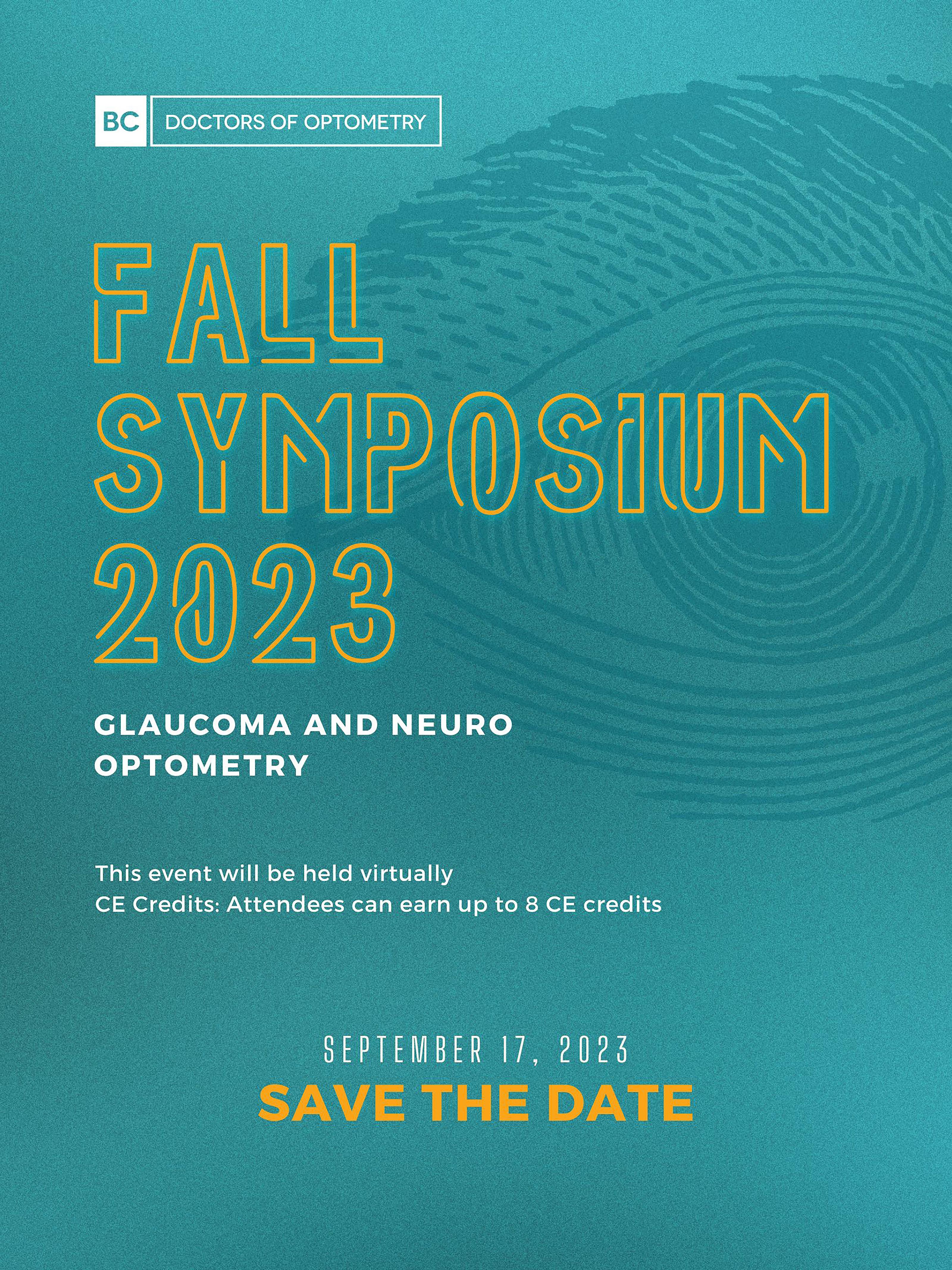



In the pursuit of eye care for all, it is crucial to recognize the needs of underserved and remote communities in BC and facilitate access for patients facing mobility issues. One groundbreaking technology that supports optimal eye care is called red light therapy, also known as Photobiomodulation (PBM).
PBM involves the application of specific wavelengths of red light to stimulate cellular function within the eyes. This non-invasive approach harnesses the power of light to revitalize the mitochondria and increase ATP production, promoting healing, reducing inflammation, enhancing blood flow, and supporting overall eye health. By providing targeted PBM to the anterior and posterior segments of the eyes, we can address a range of ocular conditions and promote general well-being.
To date, dozens of scientific studies have pointed to the benefits of PBM, including the following:
a) Corneal Healing: Research has shown that PBM can effectively promote healing in the cornea following surgeries, injuries, or infections. Through its ability to speed up tissue repair and decrease inflammation, red light therapy has the potential to assist in corneal regeneration and lower the likelihood of complications.
b) Dry Eye Syndrome: Throughout western Canada, millions of individuals suffer from dry eye syndrome. PBM can stimulate tear production, reduce inflammation on the ocular surface, and alleviate symptoms, providing much-needed relief to those with this common condition.
c) Contact Lens Discomfort: Contact lens wearers often experience discomfort and dryness However, PBM can help improve tear production, reduce inflammation, and enhance corneal health,
alleviating contact lens-related discomfort and promoting comfortable, long-term wear.
a) Age-Related Macular Degeneration (AMD) is a common cause of vision loss in older adults. Fortunately, there is promising research on how PBM can slow its progression. Red light therapy stimulates cellular activity in the macula, protecting retinal cells, improving visual acuity, and enhancing overall macular health.

b) Retinal Disorders: PBM can help manage conditions such as diabetic retinopathy and retinitis pigmentosa. It promotes cell regeneration, reduces inflammation, and enhances blood flow to the retina, preserving visual function and improving these disorders.
c) Glaucoma Management: PBM has displayed promising results in managing glaucoma. Red light therapy can enhance blood flow, decrease oxidative stress, and support the optic nerve's health. **A recent clinical study demonstrated that patients diagnosed with primary open-angle glaucoma (POAG) experienced significant drops in IOP after one month of red light therapy. As a result, PBM can be used alongside current treatments to assist in preserving the vision of patients with glaucoma.
PBM technology is currently used in a handful of BC clinics but involves in-office treatments
and regular patient visits. Arunalight, a Canadian company, has recently developed the first portable ocular red light therapy device in North America. Developed by ophthalmologists, optometrists, and leading PBM experts, Arunalight is easy to use, FDA approved, enables patients to access the benefits of PBM from the comfort of their homes, and is easily shareable within a household. Moreover, the cost efficiency and portability of Arunalight ensure that people from all walks of life, regardless of location or mobility, can prioritize their eye health.
PBM is a revolutionary, safe, non-invasive treatment that improves retinal cellular survivability and leads to homeostasis, both of which improve the functionality of the eye. By integrating PBM into weekly routines, PBM technology can enhance overall well-being and complement regular optometric care. Arunalight is working with eye care providers to make red light therapy devices more accessible in areas with limited resources. For more information, please visit www.arunalight. com or call 877-870-0105.
** “In our study, Photobiomodulation shows a clear improvement in intraocular pressure compared to the placebo group, the use of this device in the daily practice of the ophthalmologist will improve the management of glaucomatous patients that could reduce the use of eye drops.” Ophthalmology Research: An International Journal Volume 18, Issue 3, Page 17-26, 2023; Article no.OR.98246 ISSN: 2321-7227

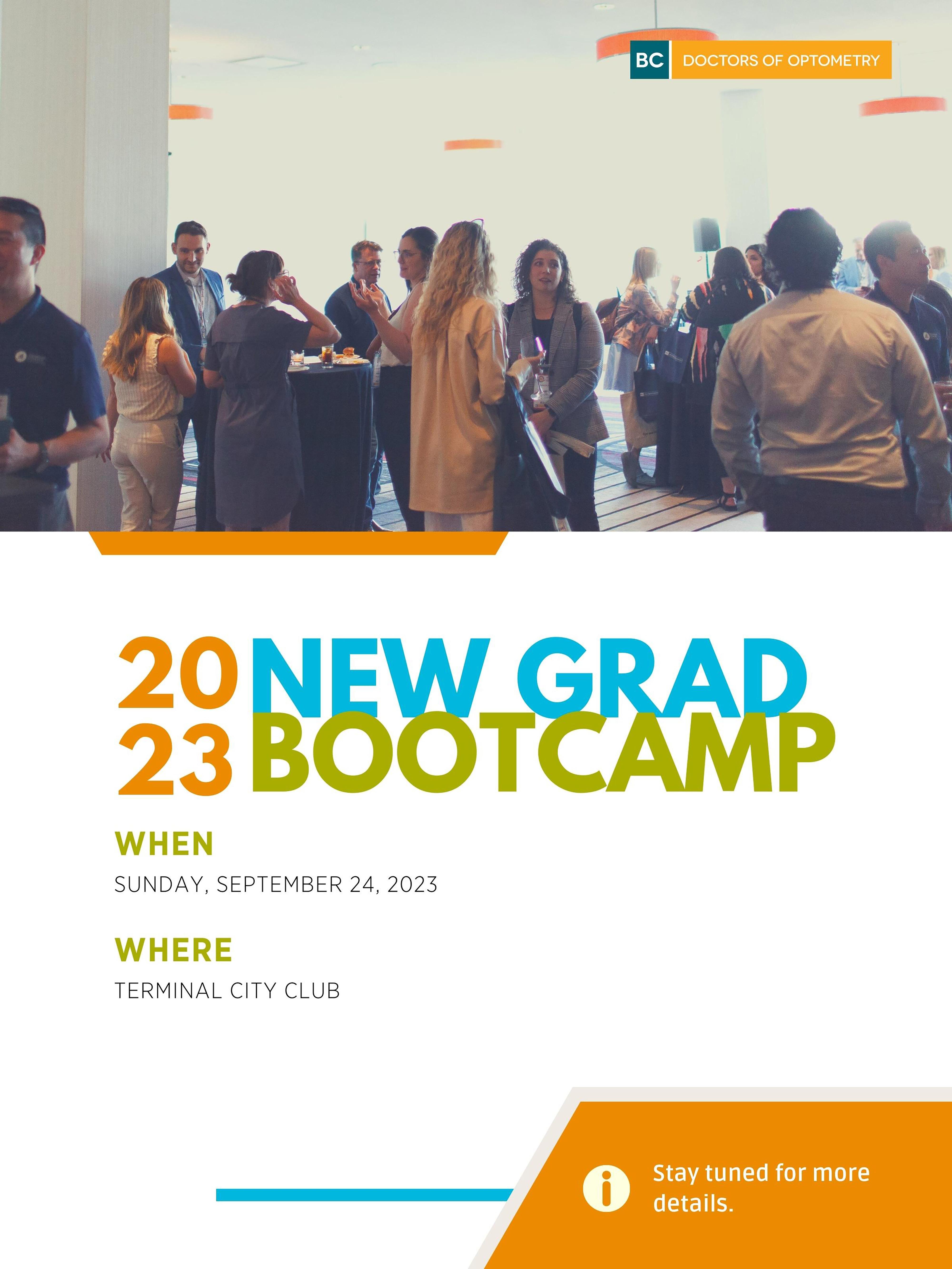

The First Nations Health Authority (FNHA) is the first province-wide health authority of its kind in Canada, serving as a health and wellness partner to more than 150,000 First Nations people in 203 communities across BC. In 2013, the FNHA began a new era in First Nations health governance and healthcare delivery in BC by assuming responsibility for the programs and services formerly delivered by Health Canada. Since then, the FNHA has been working towards achieving equitable health outcomes for First Nations in BC through redesigned health benefits and services and health systems innovations. Close collaboration with partners, such as vision providers and associations like BC Doctors of Optometry (BCDO), has been essential to continue this work.
The FNHA reached another milestone in 2019 when it took control of its own benefits administration in partnership with Pacific Blue Cross (PBC). The benefit areas include Vision, Dental,
Medical Supplies & Equipment, and Mental Health. This new partnership allows the FNHA to develop programs with a central focus on self-determination and improving access to health benefits for First Nations people in BC. This marks the fouryear anniversary since the FNHA Health Benefits transformation. Partnerships with BCDO and vision providers across BC have played a key role in this transformation, helping us provide improved coverage and access to vision-related benefits and services.
Changes to the FNHA Vision benefit were directly informed by feedback from both clients and providers. This feedback shaped the Vision benefit transformation, ultimately improving the clarity of available benefits and coverage. The goals of the benefit transformation included ensuring access to a wide range of benefits, reducing barriers to
accessing vision benefits, and creating a userfriendly claims system for providers and clients. Now, FNHA clients have access to the PBC Member Profile app, where they can view their vision benefits coverage.
FNHA Vision benefit coverage now aligns with industry-standard pricing for Optometrists, improving clients' access to preventative services, such as eye exams. The Vision benefits do not require pre-approvals, and coverage offers flexibility, allowing clients to use their coverage as they see fit. This comprehensive vision plan includes:
• Up to $100 for a routine eye exam, once every two calendar years (once every calendar year for those 18 and under); and
• Up to $275 every two calendar years for prescription eyewear ($415 for high-index lenses), which includes:
• Contact lenses;
• Frames;
• Glasses;
• Lenses; and
• Prescription sunglasses.
Through strategic partnerships with organizations such as BCDO, the FNHA is able to offer an inclusive and accessible vision care plan to First Nations in BC. Supporting vision care through a lens of wellness, accessibility, and preventative care is an ongoing opportunity to positively impact eye health, contributing to the FNHA's vision of Healthy, Self-Determining, and Vibrant BC First Nations Children, Families, and Communities, now and into the future.
To learn more about FNHA Vision Benefits, please visit fnha.ca/benefits/vision-care or contact Health Benefits at 1-855-550-5454.



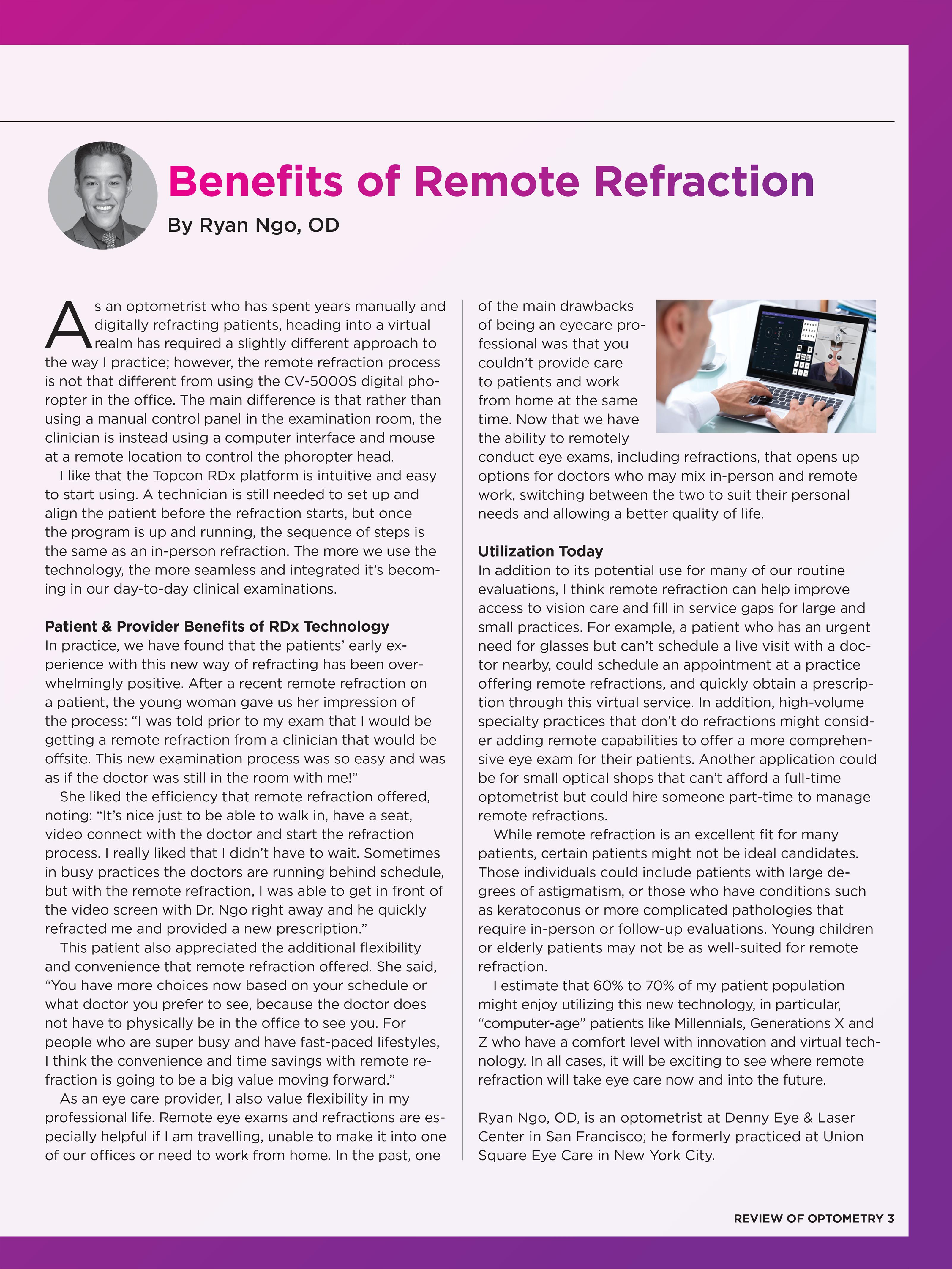 By Brannen Hinton CEO of Vision Essence, Inc.
By Brannen Hinton CEO of Vision Essence, Inc.
Procuring proper nutrition is arguably our most important activity.1 It’s also one of the most exclusive. When the primary grocery shopper of any household has undoubtedly experienced the sticker shock at jaw-dropping price jumps for fresh foods and produce, it’s no wonder over 6 million Canadians experience food insecurity, struggling to get enough to eat for their family.2
Food banks across Canada have seen monthly visits spike anywhere from 20-300% from 2019 to 2022, and with no sign of the trend slowing. Volunteers say the shelves are running bare.3 Whether it’s fast food, dollar stores, or the dreaded “middle aisles” of the supermarket, people are seeking cheap food options, unwittingly poisoning them-
selves and the next generation with every bite.4
While this sounds extreme, scientists over the last 20 years have identified the key drivers of chronic inflammatory disease, and it begins in the gut.5-7 Mass consumption of industrial synthetic food surfactants and emulsifiers, ubiquitous in highly-processed and packaged foods, are leading the western world to the worst health crisis in modern history. Ubiquitous ingredients like polysorbate, disguised as ‘tween 80’, polyethylene glycol, propylene glycol, and carboxymethylcellulose are invading the food, drug, and natural health product space. They’re known to thin the gut mucosa, open tight junctions between enterocytes, and increase permeability to all the inflammatory

components of the lumen.8
Recent articles in various eye care journals discuss the gut-brain and gut-retina axis, quite clearly delineating how GI tract health impacts myriad systemic diseases, from AMD, to diabetes, and dry eye, not to mention arthritis, Crohn’s, ulcerative colitis, IBD, CVD, and Alzheimer’s disease.9-11 If we’re not focusing on improving diet, telling patients what to eat- and what not to eat- these problems will most certainly continue to spiral.
Compounding the issues are the well-intentioned folks, knowing they don’t get enough good, healthy food, turning to nutritional supplements, which are often laden with allergenic binders, known as excipients in pharma parlance. Once called “inert ingredients”, implying these non-medicinals did nothing, they’re anything but.12-14 Caballero et al., 2021 recently published Hidden Dangers: Recognizing Excipients as Potential Causes of Drug and Vaccine Hypersensitivity Reactions, noting “Common excipients implicated include gelatin, carboxymethylcellulose, polyethylene glycols, and products related to PEG in immediate hypersensitivity reactions…” This is highly problematic for anyone with allergies, religious mandates, or personal beliefs, leaving them few choices when it comes to supplements.
Similarly, eye care professionals, relying on natural health products to help treat their patients staring down various maladies, have also faced limited choices in ocular nutrition everyone can take. A great example is the AREDS eye vitamin formula, only advised by the NEI for high-risk, intermediate stage AMD due to concerns over lack of efficacy and GA promotion in early stages.15 This naturally excludes the 80% of patients diagnosed with early AMD.16 We need something specifically for them, and it must not contain any gelatin, soy, polysorbate, titanium dioxide (banned in the EU Jan 2022), povidone, or any other undesirables used in most available preparations. Any sensitive individual consuming a product with these ingre-
dients may inadvertently fuel their inflammatory fire.
There’s a better, more inclusive way to provide ocular nutrition any patient can take. Become a label reader. Choose a clean-label brand, with simple ingredients, dedicated to making products without any of the nine major allergens, animal gelatins, or synthetic surfactants and emulsifiers. Bring in a line of professionally dispensed, reasonably priced, and rigorously tested product from a Canadian company that’s up to the challenge of delivering everything your patients need, and nothing more.17
References:
1 Dawkins, Richard. The Selfish Gene. Oxford University Press, 2006.
2 Pasieka, Clara. “Food Shortages, Record Number of Clients Lead to Bare Shelves at Toronto Food Banks | CBC News.” CBCnews, 26 Apr. 2022, www.cbc.ca/news/canada/toronto/fort-york-foodbank-demand-1.6430551.
3 Depner, Wolf. “Desperate for Food: Food Banks in Dire Need as Demand Surges across B.C., Canada.” Boundary Creek Times, 27 June 2022, www.boundarycreektimes.com/news/desperatefor-food-food-banks-in-dire-need-as-demand-surges-across-b-c-canada/.
4 Brown, Stephanie. “More People Are Buying Groceries at Dollar Stores. Here’s How to Look for Nutritious Foods.” Verywell Health, 10 Feb. 2023, www.verywellhealth.com/dollar-store-healthygrocery-tips-7107273.
5 Raoul, Pauline. “Food Additives, a Key Environmental Factor in the Development of IBD through Gut Dysbiosis.” Microorganisms, vol. 10, no. 1, 2022, p. 167, https://doi.org/10.3390/microorganisms10010167.
6 Trakman, Gina L. “Processed Food as a Risk Factor for the Development and Perpetuation of Crohn’s Disease—the Enigma Study.” Nutrients, vol. 14, no. 17, 2022, p. 3627, https://doi.org/10.3390/ nu14173627.
7 Roberts, C. L. “Translocation of Crohn’s Disease Escherichia Coli across M-Cells: Contrasting Effects of Soluble Plant Fibres and Emulsifiers.” Gut, vol. 59, no. 10, 2010, pp. 1331–1339, https://doi. org/10.1136/gut.2009.195370.
8 Lerner, Aaron. “Changes in Intestinal Tight Junction Permeability Associated with Industrial Food Additives Explain the Rising Incidence of Autoimmune Disease.” Autoimmunity Reviews, vol. 14, no. 6, 2015, pp. 479–489, https://doi.org/10.1016/j.autrev.2015.01.009.
9 Lin, Phoebe. “A Review of the Role of the Intestinal Microbiota in Age-Related Macular Degeneration.” Journal of Clinical Medicine, vol. 10, no. 10, 2021, p. 2072, https://doi.org/10.3390/jcm10102072.
10 Xiao, Jason. “The Gut Microbiome’s Impact on the Retina.” Review of Ophthalmology, 10 May 2022, www.reviewofophthalmology.com/article/the-gut-microbiomes-impact-on-the-retina.
11 Grant, Maria B. “Inside out: Relations between the Microbiome, Nutrition, and Eye Health.” Experimental Eye Research, vol. 224, 2022, p. 109216, https://doi.org/10.1016/j.exer.2022.109216.
12 Stone, Cosby A. “Immediate Hypersensitivity to Polyethylene Glycols and Polysorbates: More Common than We Have Recognized.” The Journal of Allergy and Clinical Immunology: In Practice, vol. 7, no. 5, 2019, https://doi.org/10.1016/j.jaip.2018.12.003.
13 Reker, Daniel. “‘Inactive’ Ingredients in Oral Medications.” Science Translational Medicine, vol. 11, no. 483, 2019, https://doi.org/10.1126/scitranslmed.aau6753.
14 Bruusgaard-Mouritsen, Maria A. “Anaphylaxis to Excipients in Current Clinical Practice.” Immunology and Allergy Clinics of North America, vol. 42, no. 2, 2022, pp. 239–267, https://doi.org/10.1016/j. iac.2021.12.008.
15 Chew, Emily. “A Randomized, Placebo-Controlled, Clinical Trial of High-Dose Supplementation with Vitamins C and E, Beta Carotene, and Zinc for Age-Related Macular Degeneration and Vision Loss.” Archives of Ophthalmology, vol. 119, no. 10, 2001, p. 1417, https://doi.org/10.1001/archopht.119.10.1417.
16 Kansagara Devan. “Nutritional Supplements for Age-Related Macular Degeneration: A Systematic Review [Internet]”. Washington (DC): Department of Veterans Affairs (US); 2012 Jan. Available from: https://www.ncbi.nlm.nih.gov/books/NBK84269/
17 www.visionessence.com

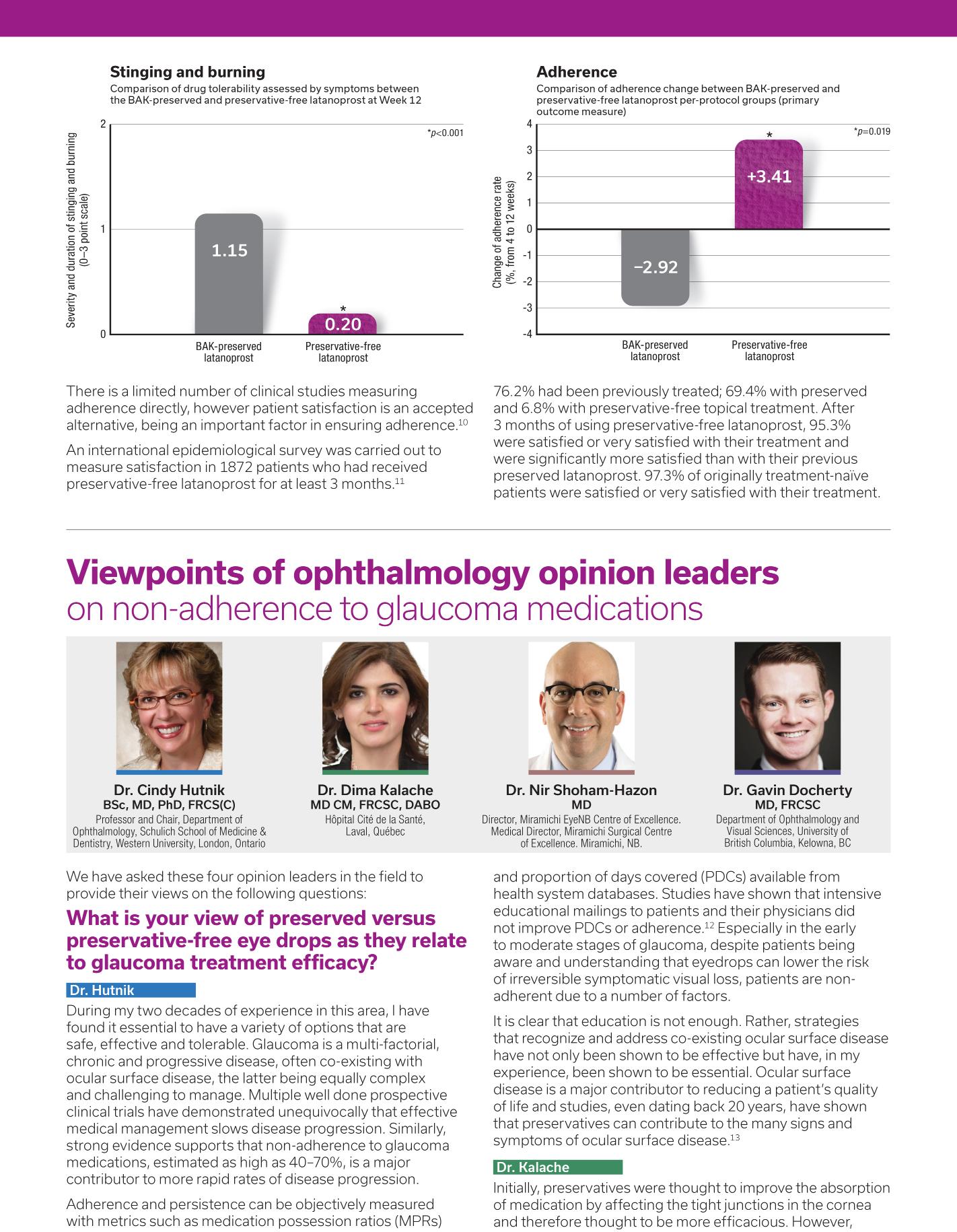
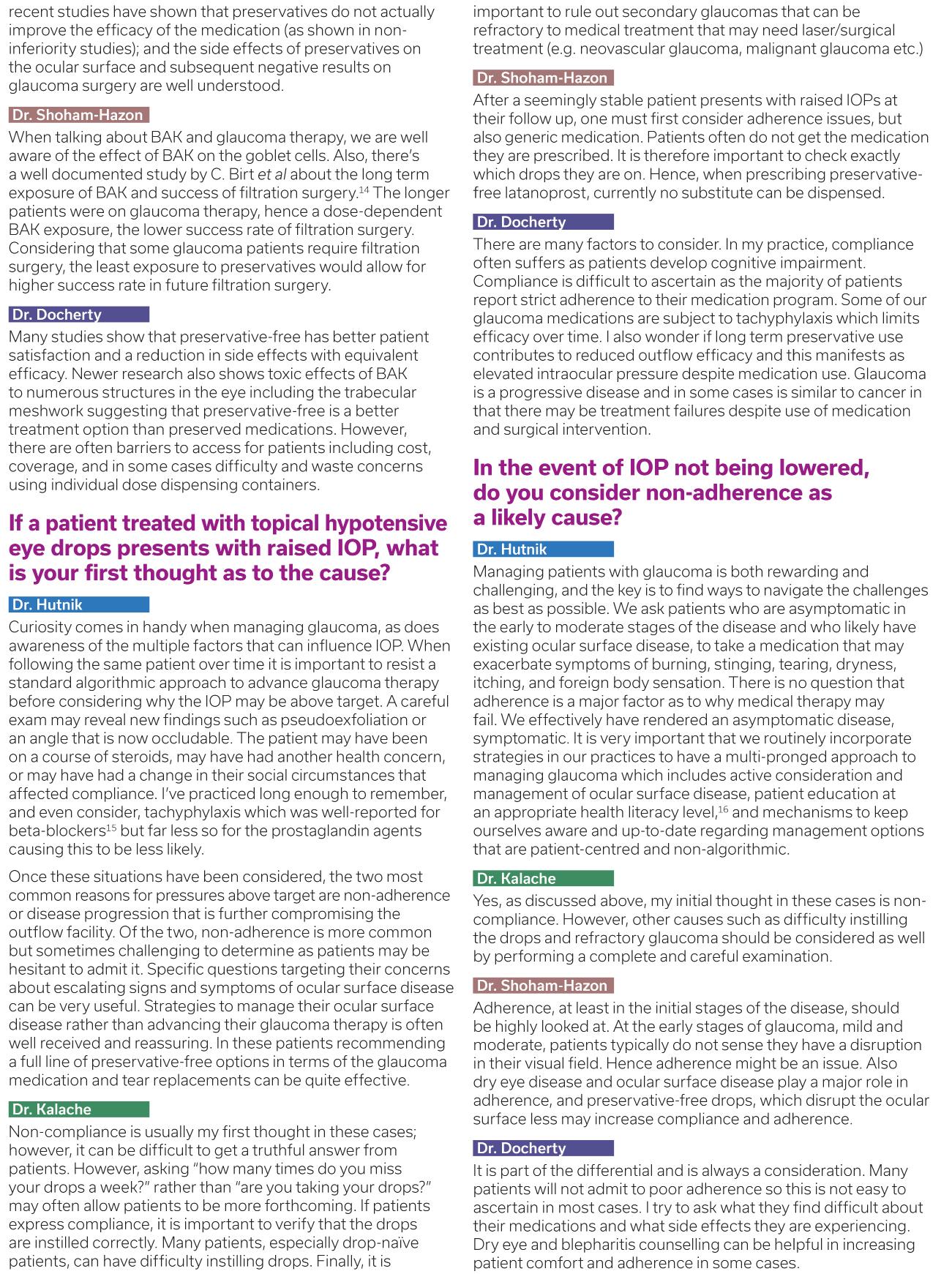
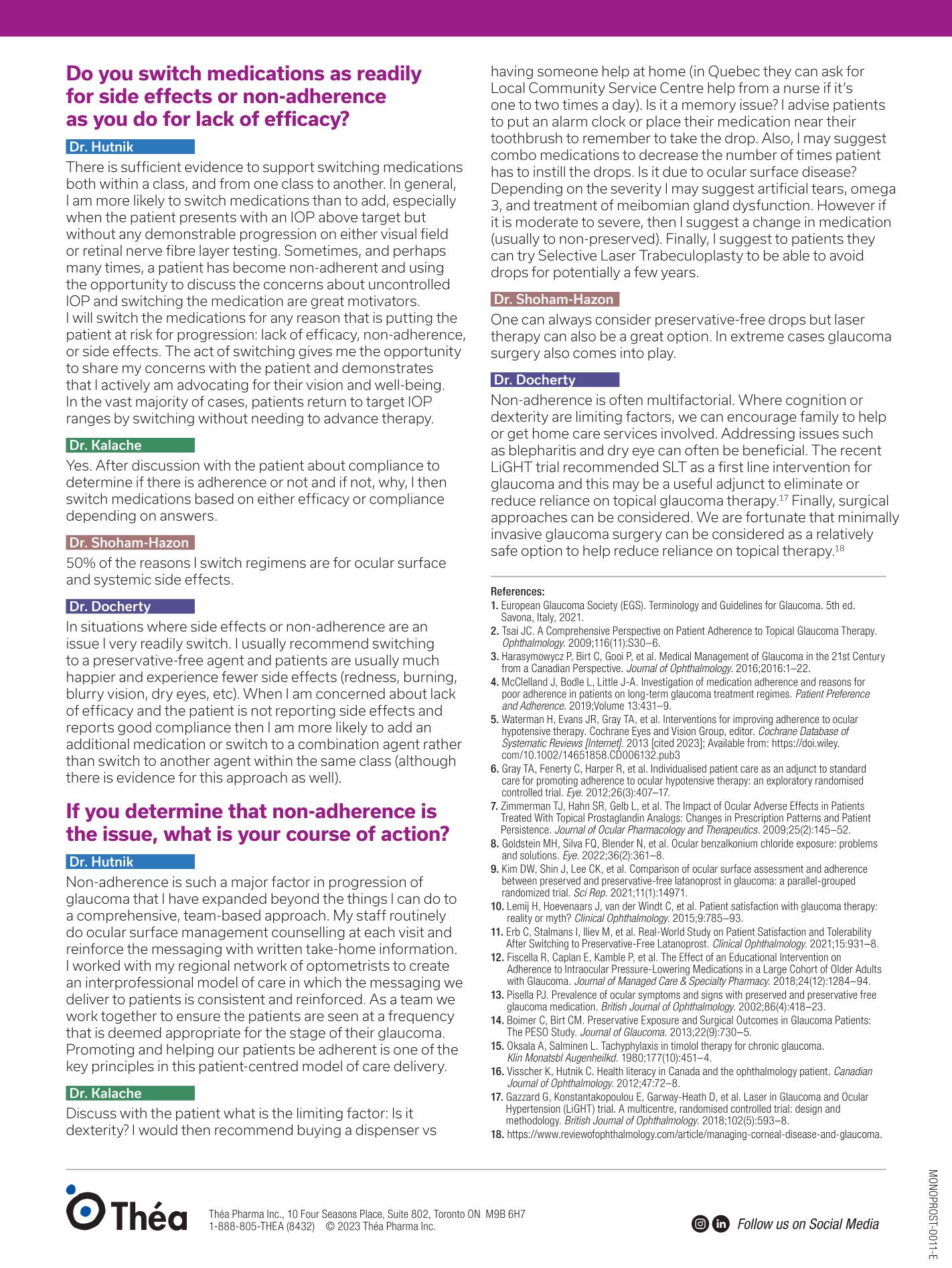
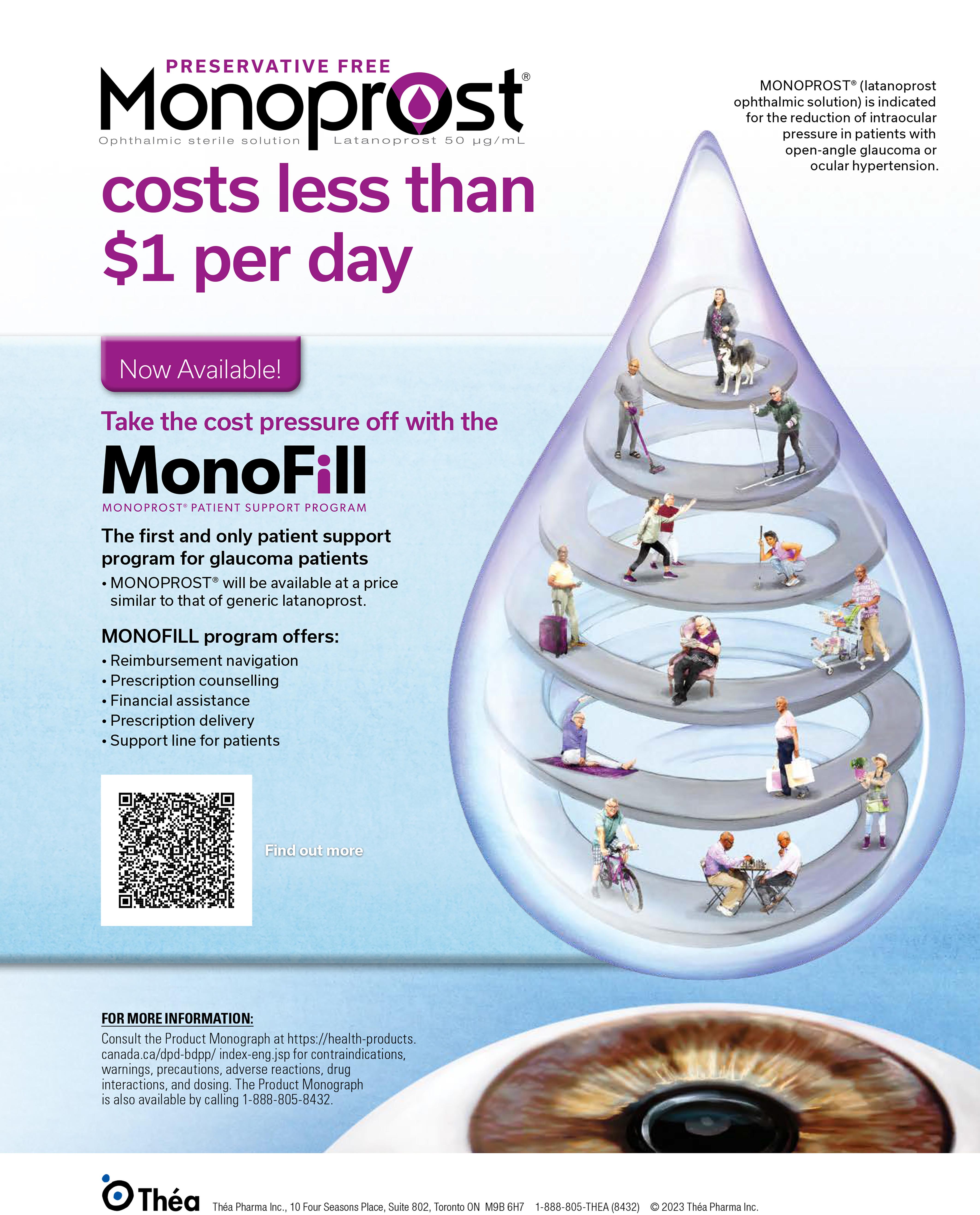

 By Anita Purdy OD Chief Clinical Editor for Review of Optometry
By Anita Purdy OD Chief Clinical Editor for Review of Optometry
Article republished from Eyes On EyeCare https://eyesoneyecare.com/resources/6-ways-boost-website-accessibility-eyecare-practice/
Review six tips for improving your eyecare practice's website accessibility for users who rely on assistive technologies.
Your practice’s website is just as important as any other aspect of your online presence. With the increasing prevalence of digital technology, it's essential to remember that optimizing for web accessibility lets everyone interacting with your brand have the best experience possible, especially those who rely on screen readers and other assistive technologies due to visual impairments or different abilities.
In this article, we’ll explore the evolution of web accessibility, why it’s important for eyecare practice websites, and ways to make your website more accessible.
Tim Berners-Lee is recognized for introducing the World Wide Web in 1989, revolutionizing how information was shared and accessed online. In 1994, he formed the World Wide Web Consortium (W3C) to standardize the web’s best practices.
These standards became known as the Web Content Accessibility Guidelines (WCAG), a way to ensure that websites would be designed in a way that anyone could easily view, navigate, understand, and interact with the internet regardless of their physical or cognitive abilities.
Website accessibility is the practice of ensuring that all individuals can make full use of digital infor-
mation on the internet, regardless of any physical or mental impairments. This includes people with blindness or low vision, those who are deaf or hard of hearing, people with mobility limitations, and those with cognitive learning difficulties like dyslexia.
Just as a physical space is designed with certain features like wheelchair ramps and braille labels to make them more accessible for physical visitors, there are a number of steps you can take to ensure your website is accessible for digital visitors. The overarching aim is to design and structure the site to be as simple and intuitive as possible, with clear navigation and easily recognizable buttons and links.
Depending on your level of technical expertise and familiarity with your web platform, you may choose to regularly implement these accessibility measures yourself.
1. Label images with alt text and descriptive file names.
Images provide a great way to give visitors to your website a visual representation of what your practice offers. To make sure that everyone can access and understand the images, you should label them with alt text and descriptive file names. Alternative text (alt text) is read by screen readers and other accessibility software to provide extra information for people who cannot see the picture, regardless if it’s because of long loading times or vision problems.
For the image below, alt text would preferably read "close-up of patient having eye exam" rather than “image of a woman sitting on a black chair in a white room with a white phoropter in front of her,” because it’s important to give contextual information about what is being pictured, not just a literal description.
ture and guidance that help devices like screen readers find important information on the page easier.
The headings are labeled with an importance level, with H1 being the most important and each heading after that in descending order of importance. These labels help readers identify which content is the most important on the page.
Heading levels can be adjusted in the code of most website platforms like WordPress. For no-code DIY website builders (e.g., Squarespace or Wix), the hierarchy can be assigned by changing the font settings manually.
Writing hyperlinks correctly helps make websites more accessible by letting visitors know what to expect when they click on a link. The text for the link should have enough information so people can predict where clicking it will take them, but be short enough that screen readers can quickly understand it.
When uploading images, make sure that the file name is descriptive and reflects the content. Use dashes instead of symbols or spaces in the filename, and use clear words. For example, for the same image, you could call it “eye-exam-phoropter” rather than “eye1223_98075_2023.”
Each website builder has its own method of inserting alt text into the code. If you don’t have experience with coding or website design, it’s best to talk to your developer and have them guide you on the best way to insert alt text into your website.
Headings should be used to divide up long pieces of writing and make it easier to read and understand. Each heading on the page is marked with a label that tells us how important it is, usually labeled with H1, H2, and H3. These tags give struc-
Avoid phrases like "Click here" or "Read more," as they do not help visitors get an idea of what clicking the link might lead to. For example, if you are linking to a page about eye exams, try something like "Learn more about eye exams" instead of "Click here."
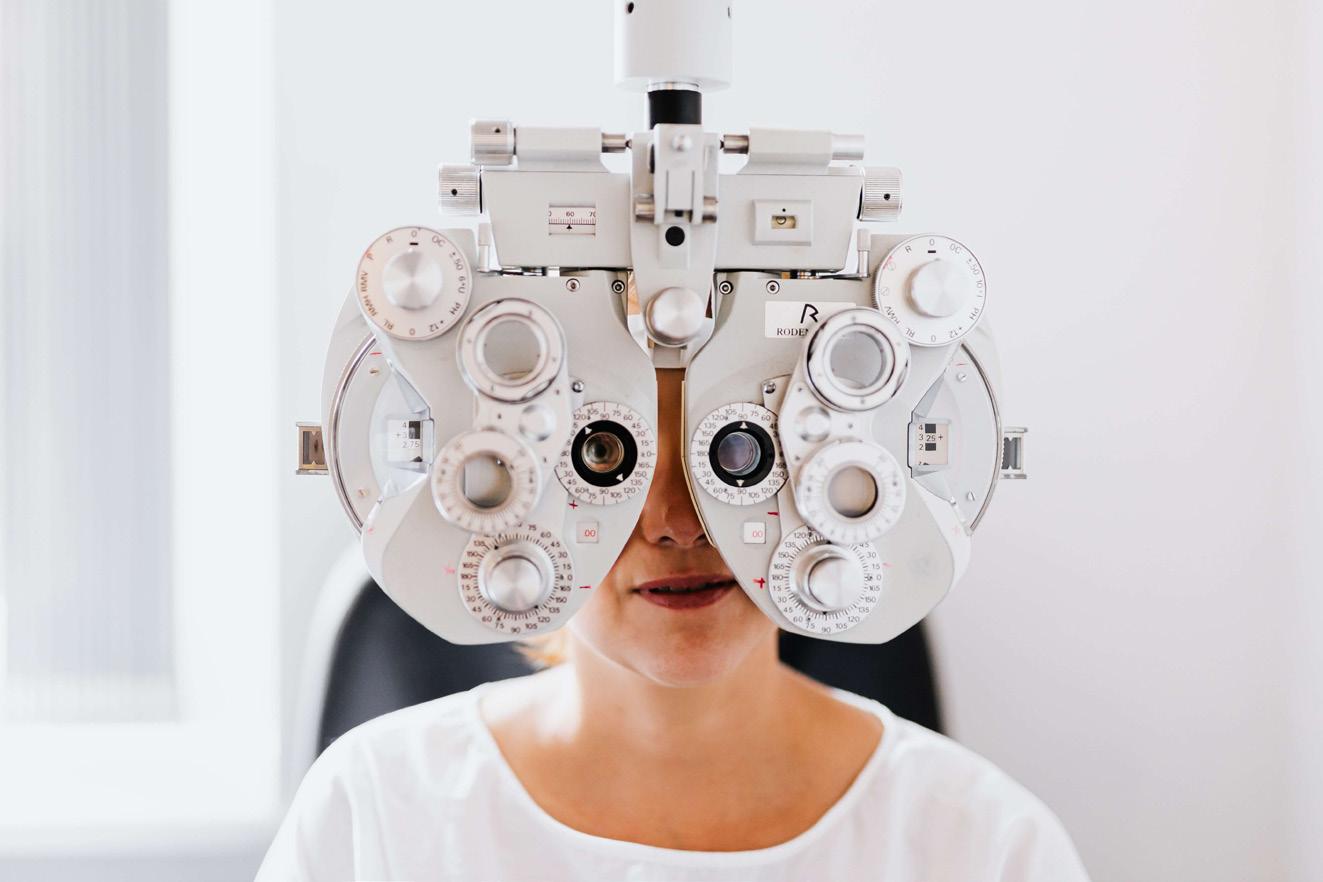
4. Check color contrast.
When designing your website, picking colors can be the most fun part. However, it’s important to make sure those colors work for everyone who visits, including people with vision impairments or color blindness. WCAG recommends a minimum contrast ratio between text and its background, depending on the size of font being used.
Use colors with high contrast for your website to help reduce eye strain and tiredness when visitors are browsing. High-contrast colors also make it easier for people to tell the difference between links, headers, and other active elements.
You can use the WebAIM contrast checker to check if your website passes this requirement.
5. Offer captions or transcripts for audio/video content.
Video content is becoming increasingly more common, especially for medical websites. Video content makes it easier to interact and engage with potential patients in a more interesting way. Many of us are used to seeing closed captions when watching videos. These provide written information about what is being said, making it easier for people with hearing or language difficulties to understand.
Automated services like YouTube's speech-to-text transcription tool can help create these captions by converting audio into text that viewers can view when watching the video. Transcripts are another way to supplement video content. You can either use automated tools, or hire a professional to transcribe audio manually. You might even consider using both methods together so that all dialogue is accurately described.
Audio descriptions are narrations that help people who can't see the video understand what’s happening inside of it. This helps to make web pages more accessible for those with difficulty seeing or understanding written text. Popular video platforms don’t support audio descriptions as much as they do closed captioning.
If you’re creating your own videos, you may want to offer two versions: one with audio descriptions and one without. This way, viewers can choose the version that best suits their needs.
Hiring a company that specializes in website accessibility audits can be one of the most straightforward and time-saving moves toward compliance. These professionals will check if there are any problems with the website design or code using various devices.
They can suggest ways to fix the problems, or you can hire them to take care of all the issues for you. Some will even provide a certificate that proves your website meets certain accessibility standards. Perform accessibility audits regularly, as the guidelines can change quickly with advances in technology.
By adhering to the best practices mentioned in this article, your eyecare practice can create a website that’s more inclusive and easier for everyone to use. Designing with accessibility in mind not only helps you meet legal requirements but also helps everyone access your content. Improving the online experience can lead to increased engagement and loyalty from patients—ultimately providing more revenue for your practice.
Today, it’s never been easier to create your own website. Many website-building services exist for DIY and creative practice owners. These include Wix, Squarespace, and WordPress. Practices can also hire professional website designers through freelance platforms like Fiverr.
Making sure your website is accessible is not only good for people with disabilities—it's good for business too!
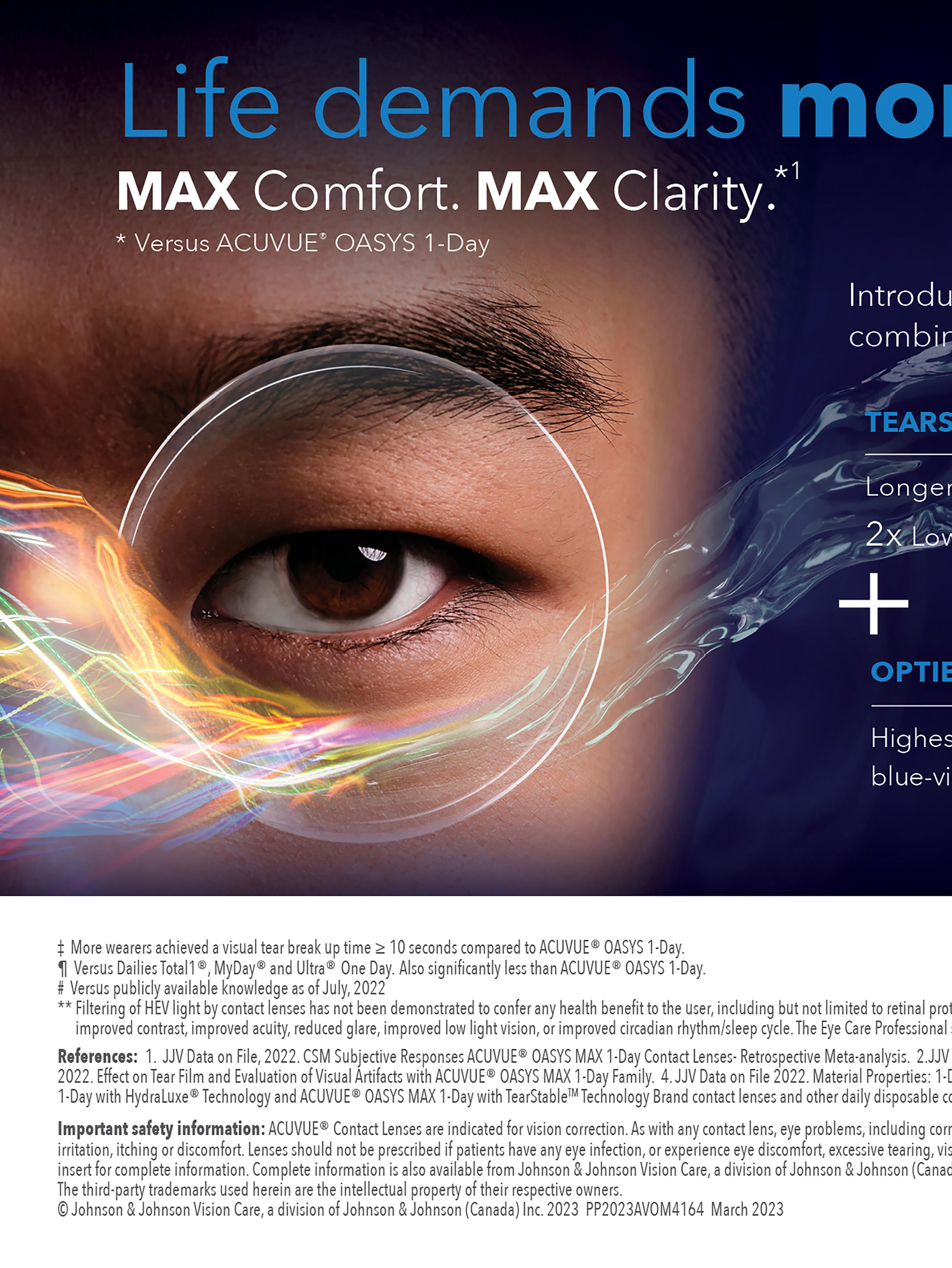
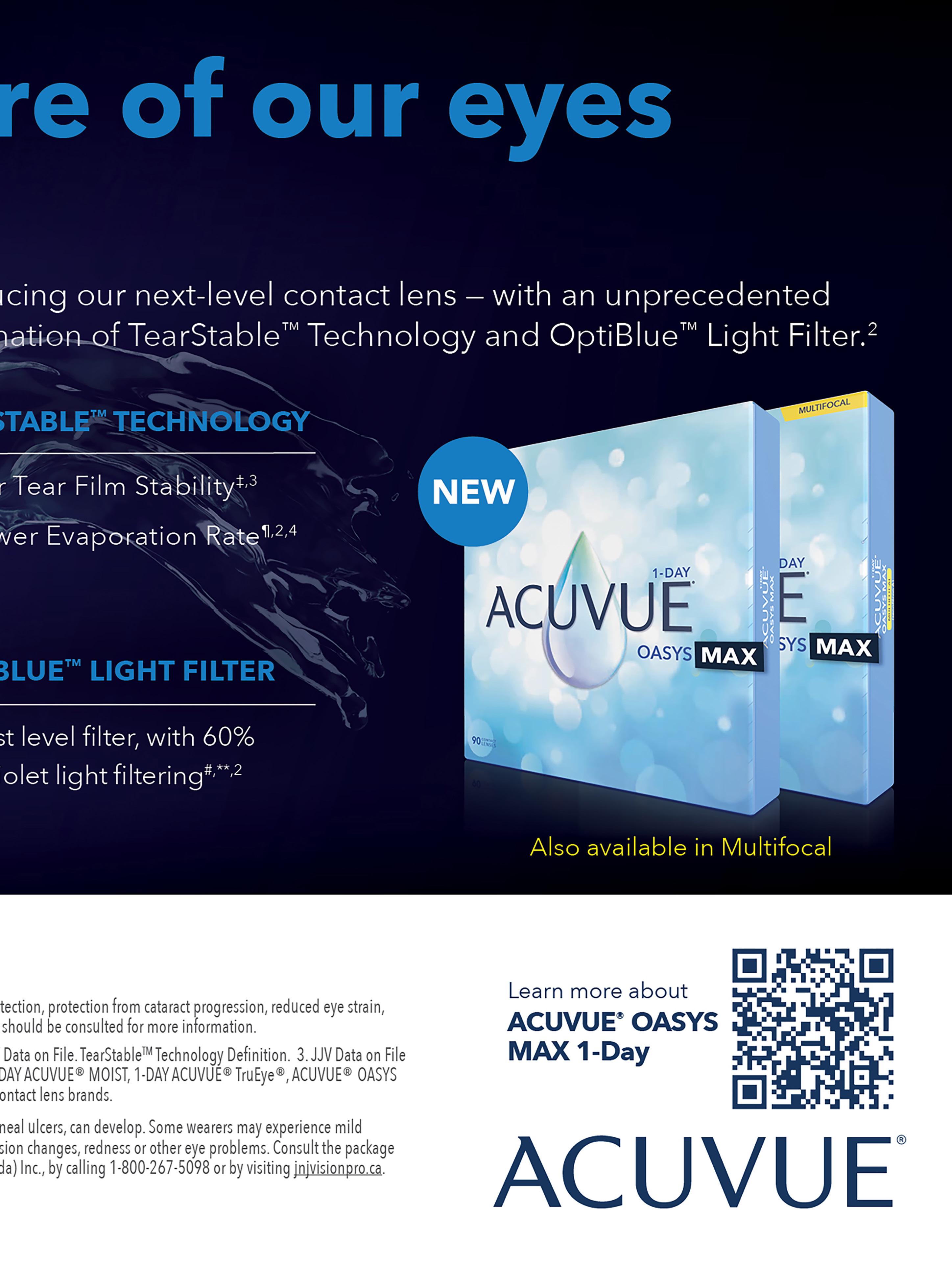
For 20 years, Dr. Pavan Avinashi has been serving patients and scaling his practice, Hollyburn Eye Clinic on the North Shore. A respected eye care professional and business leader, Dr. Avinashi has been recognized as the 2020 Optometrist of the Year and has been recognized by various Chambers of Commerce for Business Excellence. At Alcon, we’re dedicated to helping eye care professionals build a strong, healthy practice. With this in mind, we asked Dr. Avinashi for his advice to enhance the patient experience and keep them in your practice.
In a talk at this year’s BCDO conference, best-selling author and award-winning speaker, Joey Coleman cited a staggering statistic: most companies see between 20-70% of new customers leave – or decide to stop working with a company – within
the first 100 days. 1
The key to retention, explains Dr. Avinashi, is simple: “You have to constantly impress and create a connection with your patient.”
“It doesn't matter if I've been seeing Mrs. Jones for the last 20 years; I have to make sure every time she walks in that exam room or the clinic that I impress her, that my staff connect with her, and that she leaves saying, ‘that was the best visit I've ever had!’ Any level of mediocrity in their patient experience with your clinic opens the door for them to leave.”
#2: Explain everything like it’s your first time
As eye care professionals, there’s a tendency to take explaining basic terminology – as well as the details of the eye exam and findings – for granted.
From patient-centric customer service to keeping up with the latest innovations, try these tips to help keep your patients coming back to your practice
But it’s important to speak to patients on their level.
“It doesn't matter if I've said it 20 times today or 20 times a day for the past 20 years, I will explain the findings of my exam, whether it's cataracts orastigmatism, like it's my first time ever explaining it to a patient,” Dr. Avinashi says. “Though we are rich in experience and knowledge within our profession, one must consistently put themselves in the patients’ shoes. We have to make sure we go above and beyond to make it understandable to them.”
When it comes to patient experience, you’re only as good as your weakest link.
“I can be the best eye doctor in the entire world in that exam room for 20 minutes, but if everyone on my staff doesn't exhibit the same level of professionalism, communication and respect, and enhance the patient’s experience, that patient won't come back.” Dr. Avinashi explains.
To ensure uniformity and quality of experience, the staff at Hollyburn Eye Clinic is cross-functionally trained. “Every staff member can do everything – from contact lens trainings to answering the phones and diagnostic screening, or recommending and adjusting glasses,” he says. “Every one of our staff has to be at the same speed and same level of connection with that patient, from the moment they get there to the moment they leave.”

“Graduates of optometry school are not natural businesspeople,” Dr. Avinashi says. “Most take a cautious and empathetic approach to their recommendations – and there is nothing wrong with that.”
“Our job, as their eye care provider, is to offer and provide optimal recommendations for their ocular and visual health. Whether it is contact lenses, ophthalmic frames, dry eye products or prescription lenses – our job is to provide options that are suited for their ocular well-being.”
When it comes to offering optimal solutions, Dr. Avinashi remains price agnostic.
“We want to provide the right option for their eyes,” he says. “At the same time, if they are saying this option is not within their coverage level, then we need to adapt and provide other options that make them feel comfortable.”
Providing and maintaining best-in-class services, technology and products is a touchstone of Hollyburn Eye Clinic.

“We’re constantly trying to differentiate ourselves,” Dr. Avinashi says. “I constantly do sit downs with my staff to make sure that we're delivering bestin-class service, products and diagnostics.”
This mentality has immediate impact on the patient journey: instead of being satisfied with functionality, Dr. Avinashi’s patients understand they will always get the right products for them when they come to his practice.
“No matter what contact lens a patient is wearing, I don't take it for granted; I don’t just tell them to continue using it,” he explains. “I tell them that I'm glad they're happy and it's a great contact lens, then I let them know there’s something else they might prefer, and I'd like them to try it. It's our job
as clinicians to constantly introduce innovation –or at minimum, make them aware that there are now new options.”
By using these tips, not only should you be able to improve your patients’ experience, Dr. Avinashi says, you’ll earn lifelong customers who could potentially become advocates for your practice. Visit the Alcon Experience Academy app for more great resources on enhancing the patient experience.
Visit the Alcon Experience Academy app for more great resources on enhancing the patient experience.

These funds will go towards two awards that will fund projects at the forefront of research into Glaucoma and Inherited Retinal Diseases
By Fighting Blindess CanadaFor nearly 50 years, Fighting Blindness Canada has helped move the needle on vision research, underpinning our understanding of the genetic causes of eye diseases and contributing to the development of potential sight-saving treatments. However, we know that there is more work to be done and more to discover. That’s why the organization is thrilled to announce $1.67 million in funding for two Transformative Research Awards which will push the boundaries of vision science.
These Transformative Research Awards will provide large-scale, long-term funding that will allow scientists to tackle the biggest questions and accelerate the pace of research, challenging them to test bold new ideas which can change our fundamental understanding of vision loss and fast forward treatments.
The 2023 Transformative Research Awardees are:
Developing a Neuroprotective Drug Therapy to Slow Vision Loss in Inherited Retinal Disease
Dr. Marius Ueffing (University of Tübingen) is
developing a novel neuroprotective drug therapy to reduce photoreceptor death and slow vision loss in inherited retinal diseases (IRDs), like retinitis pigmentosa. During this award, Dr. Ueffing will complete pre-clinical work, with the aim to move this potential therapy closer to clinical trials. This approach is mutation-independent and has the potential to impact individuals with many different types of IRDs.



Dr. Luis Alarcon-Martinez (Center for Eye Research Australia) is using cutting edge imaging technology to understand how disrupted blood supply causes optic nerve damage in glaucoma. In glaucoma, damage to the optic nerve causes vision loss and is the leading cause of irreversible blindness worldwide. This award may lead to a new understanding of the causes of glaucoma and novel treatments to prevent vision loss. Dr. Alarcon-Martinez will be leading this work with an international team of collaborators, including Canadian researcher Dr. Adriana Di Polo (University of Montreal) and Dr. Keith Martin (Center for Eye Research Australia).
These awards are part of Fighting Blindness Canada’s long-standing commitment to support inno-
vative, ambitious, and world-renowned research. To learn more about other research funded by Fighting Blindness Canada, visit fightingblindness.ca
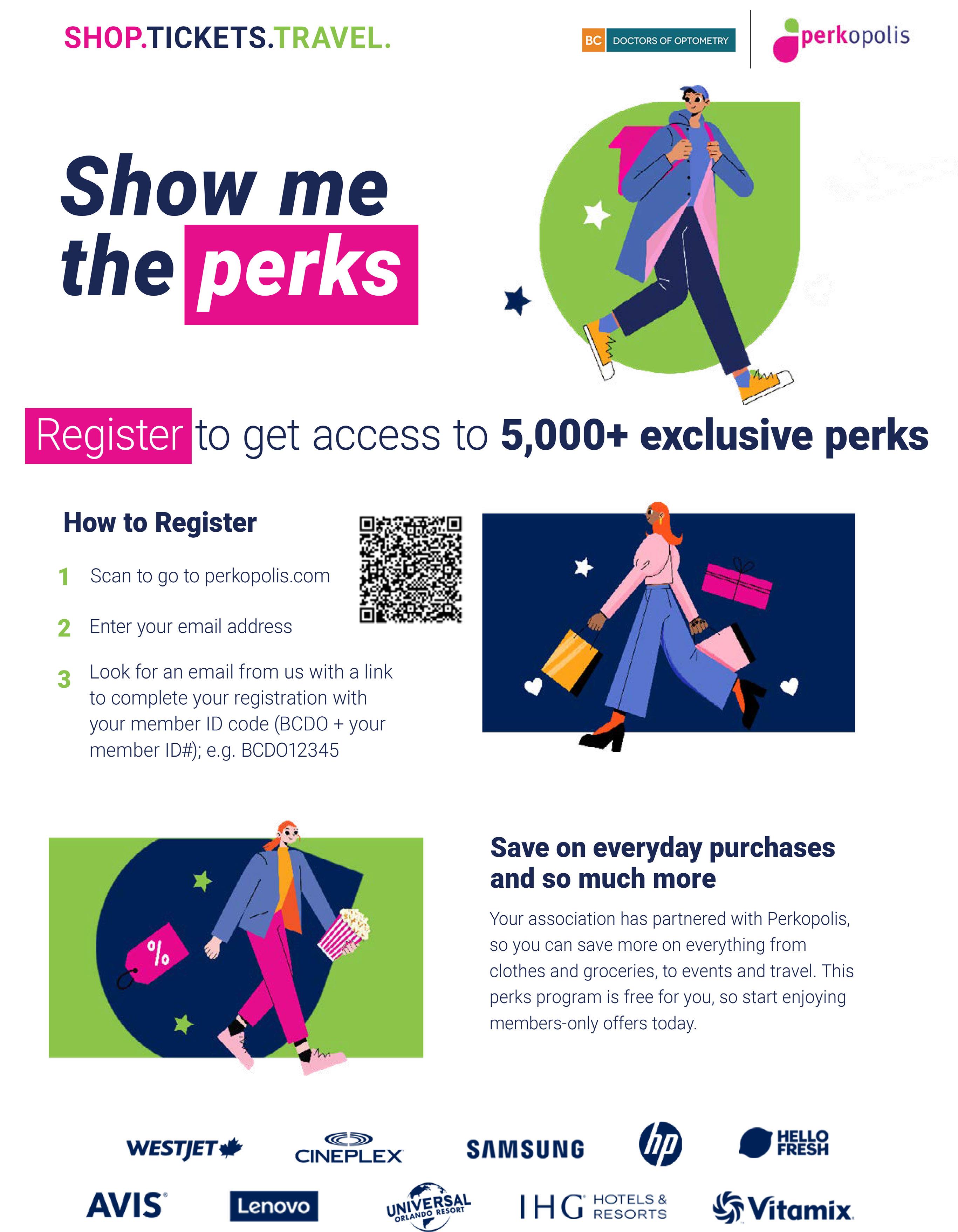
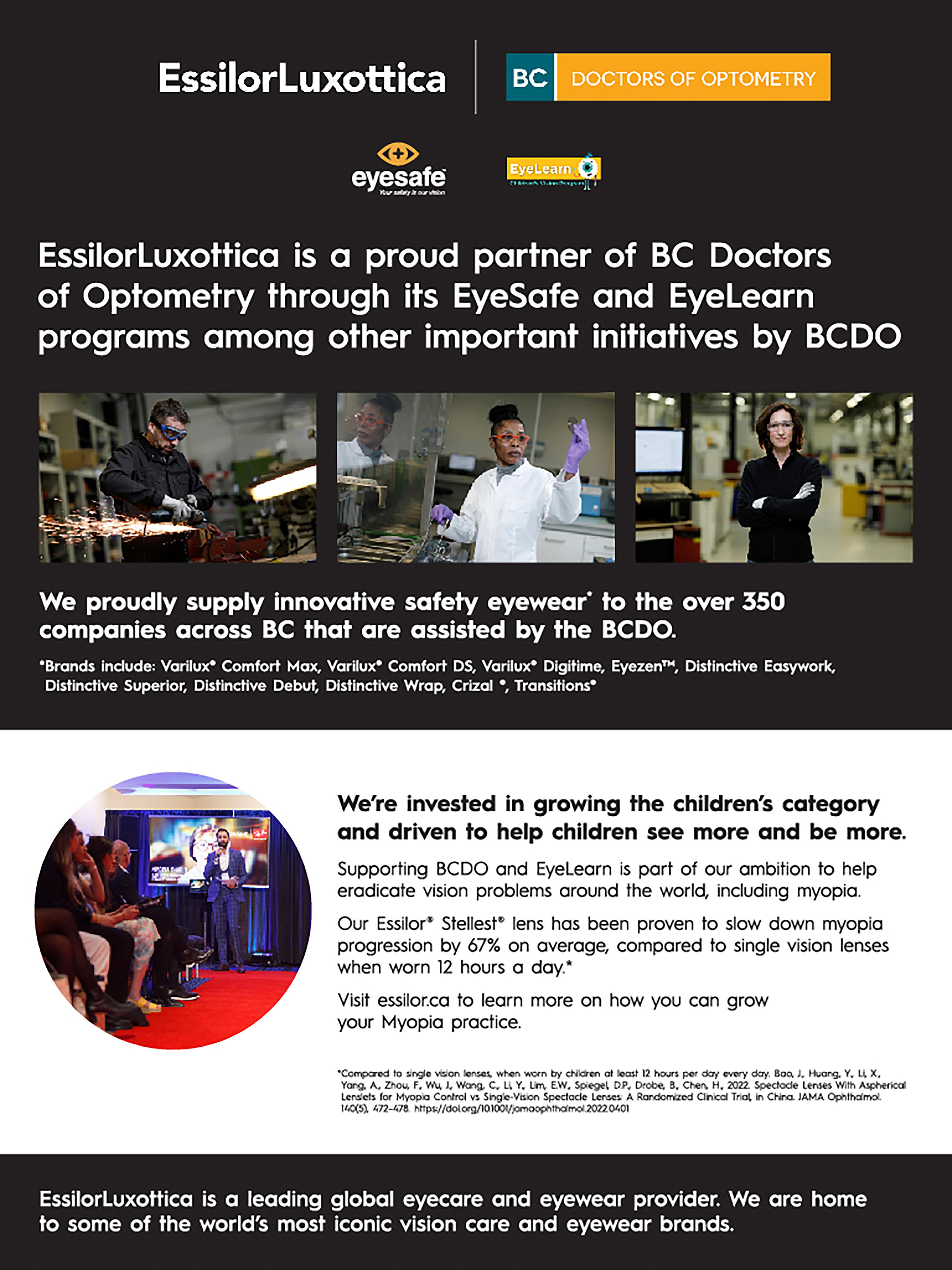

Introduction
The global prevalence of myopia is rapidly increasing, with predictions suggesting that it will impact half the global population by 2050.1 It’s likely you’ve heard this statistic before, but have you considered why this increase in the population is such a concern? The real issue is the health impact associated with myopia. Many experts have gone so far as to say that there is no safe level of myopia25,26. This leads me to suggest that we consider treating myopia as though it is a disease rather than merely a refractive error. The Canadian Association of Optometrists and the World Council of Optometry have both recognized the urgency of addressing this issue by emphasizing the need for myopia management to become the standard of care for children at risk.2,3 This is part of HOYA Vision Care Canada’s mission to
continue to raise awareness for myopia management and make MiYOSMART lenses accessible to all Canadian children. Recently we introduced The Myopia Learning Center, a comprehensive resource centre providing the latest developments in myopia management designed to support continuing education for ECPs and provide tools to implement effective myopia management strategies. We have also launched “Protect how they see the world”, a dedicated global campaign to raise awareness of the importance of outdoor time and sun protection in children. These platforms and our easy-to-use lens support our Myopia Care for All mission. This article delves into the significance of daylight in managing myopia in children and highlights the ground-breaking MiYOSMART Chameleon and Sunbird lenses by HOYA that offer a unique solution.
Several factors contribute to the increasing prevalence of myopia, including genetic predisposition, prolonged screen time, and reduced outdoor activities. To combat this trend effectively, experts emphasize the importance of increased outdoor time and limiting near-focused activities as the first line of defence against myopia onset and progression. In fact, 91% of ECPs recommend a minimum of 2 hours of cumulative outdoor time per day.4-6 Research compiled by the International Myopia Institute (IMI) confirms that daylight exposure outdoors has a preventive effect on myopia onset and potentially slows its progression in children.7 Outdoor light intensity increases the depth of focus and releases dopamine, which helps counteract the axial elongation that leads to myopia. Experts recommend a minimum of 80 minutes of outdoor daylight exposure each day, with every additional 45 minutes offering a 20% reduction in myopia onset.8 To raise awareness, encourage parents to prioritize early eye exams for their children and find creative ways to incorporate outdoor time into their routines.
The disparity between indoor and outdoor light's impact on myopia is attributed to several factors, including light intensity, spectral composition, temporal frequency, and simply being outside. When children engage in outdoor activities, they tend to focus on distant objects, minimizing near-focused tasks that contribute to myopia. While it is important to strike a balance between indoor and outdoor activities, daylight and outdoor activities offer a host of additional advantages in myopia management, such as increased exposure to beneficial wavelengths of light, the release of dopamine that slows eye growth, reduced screen time, more even visual stimulation, improved contrast sensitivity, reduced risk of other myopia-related conditions, and increased
physical activity for overall health.8,9 However, it remains essential to protect children from harmful UV rays, as their clearer crystalline lenses and larger pupils make them more susceptible to sun damage.10 Intense daylight can also cause glare and reduce visual performance.11-12 The use of sunglasses is recommended, but it is important to note that even with sunglasses, outdoor light remains more intense than indoor light and the positive effect of daylight on myopia management still outweighs the potential risks associated with intense sunlight. Therefore, educating parents about the importance of UV protection alongside outdoor time is essential to safeguard their children's eyes from potential damage.10,11
HOYA's revolutionary line of MiYOSMART lenses all slow myopia progression and provide full UV protection with new options for additional comfort in intense sunlight. The latest additions to the portfolio are MiYOSMART Chameleon Photochromic and Sunbird Polarized. MiYOSMART Chameleon offers a revolutionary all-in-one solution, combining myopia management, UV protection, enhanced comfort and performance even in bright sunlight. Powered by DIMS (Defocus Incorporated Multiple Segments) technology, which has shown an average 60% reduction in myopia progression in children,18 and a patented photo chromic film technology MiYOSMART Chameleon maintains effective myopia management while rapidly adapting to sunlight and fading back to clear indoors, allowing children to enjoy their active lifestyles no matter the light conditions. 13 , 14 , 1922 MiYOSMART Sunbird is the ideal addition to MiYOSMART clear lenses, for extra protection from intense sunlight and glare.19,27-28 It also offers vibrant colours and rich contrast in bright light, allowing children to fully experience the beauty of the outdoors.29 Many myopia management treatments such as defocus soft contact lenses and eyeglasses have a dose-dependent effect,
meaning that the more hours a day they are worn, the greater the treatment effect will be.8,18,23,24
MiYOSMART Sun lenses provide uninterrupted, evidence-based myopia management while ensuring comfort and performance indoors and out.13,14 The lenses are particularly beneficial for children undergoing treatment with atropine, as they are often more light-sensitive. 1517
To combat the growing problem of myopia, it is crucial to raise awareness and encourage early eye exams for children. ECPs play a vital role in educating parents about the benefits of outdoor time for reducing myopia risk. By recommending HOYA's MiYOSMART Chameleon lenses, ECPs can offer a safe, effective, and non-invasive myopia management solution that addresses the needs of both children and parents.
Conclusion
While myopia is not yet curable, it is treatable through effective myopia management strategies. Increasing daylight exposure and outdoor time play a pivotal role in preventing myopia onset and reducing its progression in children. HOYA's MiYOSMART Chameleon and Sunbird lenses offer an innovative solution that combines myopia management, UV protection, and visual comfort in intense sunlight. By incorporating these strategies and products into their practice, ECPs can make a significant impact in the fight against myopia, safeguarding the vision and overall well-being of future generations.
With the launch of MiYOSMART Chameleon, HOYA Vision Care will continue to help fight and control the growing problem of myopia around the world.
*MiYOSMART spectacle lenses have not been approved for use in managing myopia in all countries, including the U.S. They are not currently
available for sale in all countries, including the U.S.
For over 60 years, HOYA Vision Care has been a passionate and global leader in optical technology innovation. As a manufacturer of high quality, high performing eyeglass lenses, HOYA continuously aims to bring the best possible vision care solutions to Eye Care Professionals and their patients around the world. The company supplies lenses in 110 countries with a network of over 17,000 employees and 43 laboratories around the globe. For more information or to get in touch, visit www. hoyavision.ca
References:
1. https://pubmed.ncbi.nlm.nih.gov/28219507/
2.https://worldcouncilofoptometry.info/resolution-the-standard-of-care-for-myopia-management-by-optometrists/
3. https://opto.ca/document/cao-position-statement-myopia-management
4. Based on the answers from 200 respondents (China, Italy, UK and Canada). 06/2022.4
5. HOYA data on file. Harris Interactive: HOYA Vision Care concept testing – MiYOSMART Sun. 07/2022.
6. https://pubmed.ncbi.nlm.nih.gov/29371008/
7. https://pubmed.ncbi.nlm.nih.gov/33909037/
8. https://www.ncbi.nlm.nih.gov/pmc/articles/PMC8083117/
9. https://pubmed.ncbi.nlm.nih.gov/33673740/
10. https://www.nature.com/articles/s41370-018-0087-0
11. https://pubmed.ncbi.nlm.nih.gov/31360613/
12. Iacomussi P, Radis M, Rossi G, Rossi L. Visual Comfort with LED Lighting. Energy Procedia. 2015;78:729-34
13. HOYA data on file. PSF test on MiYOSMART clear and sun spectacle lenses. 06/2022.
14. HOYA data on file. Transmission, traffic light recognition, and UV blocking test for MiYOSMART clear and MiYOSMART sun spectacle lenses. 02/2023. Tests were conducted at room temperature (23°C).
15. https://iovs.arvojournals.org/article.aspx?articleid=2560920
16. https://pubmed.ncbi.nlm.nih.gov/28494063/
17. https://pubmed.ncbi.nlm.nih.gov/29891900/
18. https://pubmed.ncbi.nlm.nih.gov/31142465/
19. https://www.wspos.org/wspos-sunlight-exposure-childrens-eyes-consensus-statement/ (Last accessed 21/02/2023)
20. https://pubmed.ncbi.nlm.nih.gov/16776732/
21. https://pubmed.ncbi.nlm.nih.gov/27346784/
22. https://pubmed.ncbi.nlm.nih.gov/27346784/
23. https://www.ncbi.nlm.nih.gov/pmc/articles/PMC7223350/
24. https://jamanetwork.com/journals/jamaophthalmology/fullarticle/2790589
25. https://www.clspectrum.com/issues/2016/june-2016/preparing-your-practice-for-the-myopiacontrol-sta
26. Flitcroft D.I. The complex interactions of retinal, optical and environmental factors in myopia aetiology. : Prog Retin Eye Res. 2012 Nov;31:622-660. http://dx.doi.org/10.1016/j.preteyeres.2012.06.004.
27. Hoya data on file. UVA and UVB transmittance for MiYOSMART photochromic and polarized sun spectacle lenses. 07/2022
28. Hoya data on file. Luminous transmittance for MiYOSMART polarized sun spectacle lenses. 07/2022
29.https://pubmed.ncbi.nlm.nih.gov/37193933/
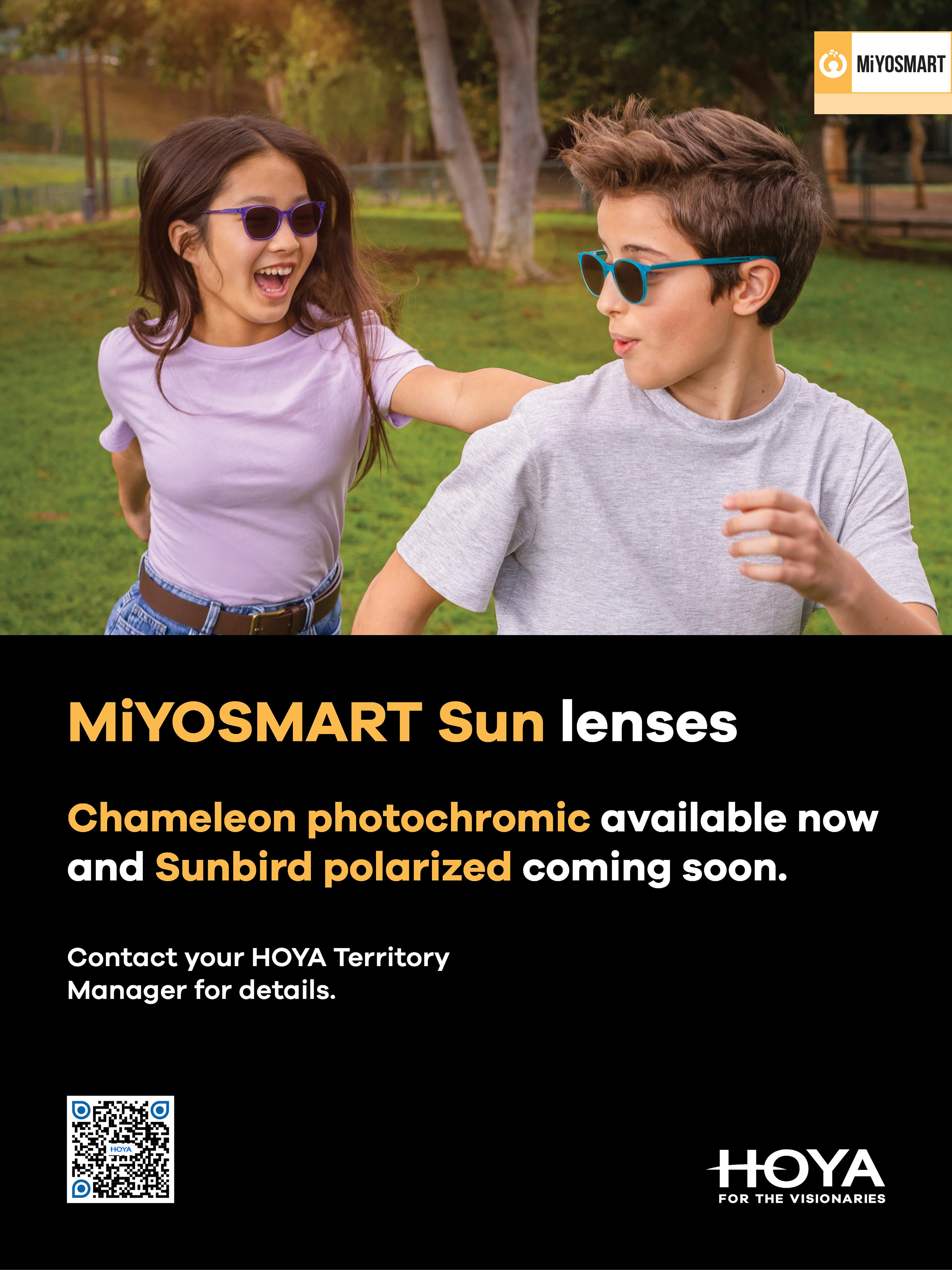


 By Andrea Roberts CEO RascalHR Systems Inc.
By Andrea Roberts CEO RascalHR Systems Inc.

For those of you who skip to the end of the story, (c’mon, it’s a fun story!) here’s the key points right at the top:
Employment agreements are critical to create clarity for employees and protect your business.
While there are many important pieces of an employment agreement, here are the top elements you must include:
• Duties (what the role is expected to do)
• Compensation and benefits
• Termination of employment
• Agreement to company policies (including confidentiality, non-solicitation and more)
Now, let’s dive into the story (practical application).
It’s been an awesome year. Your business has been growing steadily and it’s finally time to hire an office manager to take on the day-to-day, so you can focus on your area of genius.
At dinner with a friend, you told them about your growth and needs.
“That’s great – you know, a friend of mine was telling me about Bob, an experienced office manager looking for their next opportunity. .. “
Badda bing badda boom! Introduction made. How easy was that? An applicant before you even posted the job!
A couple days later, the candidate, Bob*, arrived for an interview. It went incredibly well, so you verbally agreed to the details and hired him on the spot.
Tip 1: Have a structured hiring process that weeds out the C-players. (We will write about this in the future)
Monday morning rolls around and you’re waiting for Bob to arrive for his first day of work. Hours pass with no sign of Bob, so you decide to call him and make sure everything’s ok.
“Hello?” Bob croaks sleepily.
“Hey there Bob, I’m calling to see if you’ll be coming in for your first day today.”, you respond
“Umm, didn’t I tell you, I need a couple weeks before I start. I’m on vacation.”
“Oh, okay. When are you back?”
“In two weeks.”
“So I’ll see you in 2 weeks on Monday morning.”
“Yeah, sure.”
Well, that was disappointing. Clearly there was a miscommunication somewhere. You’re sure you communicated the start date when you created your verbal contract, but maybe something was lost in the details.
Key takeaway: While verbal contracts are contracts, there’s too many opportunities for miscommunications. Always have a written, signed employment contract with a clear start date.
After that rocky start, Bob showed up as expected and spent a couple weeks learning all about your business.
On payday, you had a knock on your office door.
“Hey Bob, what’s up?”
“Well, there seems to be a problem with my paycheck.” stated Bob.
“Oh? I’m sorry about that. What’s the problem?”
“I did the math, and expected to be receiving more on my paycheck. The base is lower than I expected, and I didn’t get any commissions.” Bob said.
“Well, we don’t pay commission until after your probation period has ended. Let me look into the base pay issue.” You replied, trying to stay calm.
His courage building, Bob said, “While I’m at it, I
haven’t received my benefits card and I need to see the dentist.
“Bob, benefits don’t kick in until after your probation period. Clearly we have a disconnect here.”
Bob stormed out of your office.
Key takeaway: Employment agreements must include all details on pay, commissions and benefits. These elements should be reviewed, in detail, in the onboarding process as well to ensure there’s no misunderstandings.

One Thursday evening, after staying late, you looked around the office. Things sure seemed a lot less tidy than you’d like.
As you walked around, you found the garbage full. The kitchen was a mess; the dishwasher was not filled.
Huh, that’s Bob’s job. I wonder what’s up, you thought. I’ll need to talk to him tomorrow.
The next morning you stopped at Bob’s desk for a quick chat.
“Hey Bob. I was here late yesterday and noticed that the kitchen was a mess and some of the other tidying around the office wasn’t done.” you said.
“That’s not my job. I don’t clean.” Bob responded tensely.
“What do you mean? That’s part of the responsibilities of the Office Manager. I was clear about cleaning when you were hired.” You replied.
Over the next few weeks, the cleaning was done sporadically. On multiple occasions you reminded Bob of his responsibilities.
Key takeaway: A clear job description, including responsibilities and expectations, should be included with every employment contract. That way there’s clarity on exactly what’s expected from employees.

The Shift
Bob’s attitude shifted after discussing his duties. He went from cheerful to sullen and downright lazy. He started making snarky comments to other employees.
Even more concerning, other employees he worked closely with were showing a change in attitude as well.
Bob had become .. toxic.
It was time to do something about it.
Culture Tip: Tolerating toxic players is one of the worst things you can do. Deal with toxic attitudes quickly and effectively. Protecting your culture and team is one of your top priorities.
It was time to let Bob go. You called him to your office and had him close the door.
“Bob, I’m afraid this isn’t working out.” you started. Bob looked deflated and resigned to his fate.
Over the next 10 minutes you explained to Bob that despite letting him know multiple times about his performance issues, nothing has improved. As a result, you are terminating him today without severance, for cause.
Something shifted with his body language. He squared his shoulders and stated, “I’m going to sue you for wrongful dismissal!”
Key takeaway: Your termination process needs to be clearly defined in your employment contract.
Over the next couple months, you couldn’t escape the wrath of Bob. Well, really his lawyer. With the help of your lawyer, you were able to settle out of court.
WHEW!
It only cost you $9,000 in lawyer’s fees and $5,000 in severance (read: Go away money).
More importantly, it cost you two months of headaches and constant stress. It took your focus away from building your business while you dealt with this ridiculous lawsuit from a terrible employee.
If only you had a proper employment contract in place with Bob in the first place.
It’s vital that you have a proper employment contract in place with every employee at your business. The contract should include all the details surrounding employment, including:

• Start Date
• Job description with the role and responsibilities
• Terms of employment, including compensation, benefits, vacation and other details
• Adherence to company policies, including confidentiality, non-solicitation, and other policies
• Termination clause
• And any specific legalese to ensure the contract is binding
Thankfully, RascalHR makes the process of creating job descriptions, employment contracts and your policy manual simple. In minutes you can generate everything you need to protect your business and create clarity for your team. Contact us for more information.
* Bob is a completely fictional character. We will be using him and picking on him throughout these blogs. If your name is Bob, this story isn’t about you. Do NOT hire a Bob!

The journey to being a successful Optometrist demands immense dedication and the development of clinical skills, habits, and disciplines to achieve better patient outcomes. Interestingly, a parallel can be drawn when it comes to cultivating the financial skills and habits that lead to personal financial success.
Whether you are new to practice or have been in practice for many years, the following money management habits will not only enhance your financial well-being but also help you achieve your
financial goals sooner.
Habit #1: Turn uncertainty into a financial plan.
A comprehensive financial plan will help you navigate life's uncertainties. It is never too early or too late to create a personalized financial plan, especially as your needs evolve throughout your career. Whether your goal is to pay off debt, reduce taxes, buy or sell your practice, save for the future, or buy real estate, a financial plan will provide you with a roadmap to reach your goals.

Habit #2: Take care of your most important financial asset: You.
With increased workloads and the tension between running a business and helping patients, it is essential to prioritize your mental and emotional wellbeing. Prolonged stress and burnout can lead to long-term sickness, illness, or a disability that can inhibit your ability to practice Optometry. Take the time to prioritize reviewing your insurance requirements and coverage.
Whether it is extended health insurance, life, disability, or critical illness insurance, reach out to your insurance advisor as a regular part of your yearly financial review.
You can also take advantage of BCDO’s Financial Wellness Suite to get expert advice and access to extended health, insurance and savings plans that best suit your needs. These plans can also be customized for your staff and Associates if you are a clinic owner.
Habit #3: Find a financial coach and meet with them at least once a year.
Have you ever wondered why professional athletes and Olympians hire personal coaches? Coaches provide guidance, motivation, and help them overcome obstacles towards reaching their goals.
For the same reason a professional athlete or Olympian hires a performance coach, the role of a financial coach extends beyond mere guidance;
they offer motivation and strategies towards a healthier balance sheet and achieving your life goals.
As an Optometrist, you will face significant life and financial decisions throughout your practice and an experienced coach can assist you in making informed choices.
As a BCDO member, you can use the BCDO Help Desk to begin the financial planning process and get connected with financial planners, accoun-

lawyers, and bankers who understand the opportunities and challenges of being an Optometrist. These experts will work collaboratively to help you get your financial house in order so you can elevate your financial health.
Here are the 3 ways the BCDO Business Helpdesk helps Optometrists take control of their finances:
Whether you are a new grad, Associate or clinic owner, you have access to a financial planner who understands your career journey and who will help you achieve your life goals by creating a cohesive plan. They will also connect you with an Accountant and/ or Lawyer through the BCDO Business Help Desk network to ensure integration and ongoing collaboration.
Keeping more of what you earn and maximizing the benefits of being incorporated will help you reach your financial goals sooner. The BCDO Business Helpdesk gives you access to Accountants who understands your accounting and tax planning needs whether you are a new graduate, an established practitioner or exiting your practice.
Throughout the various stages of your career, you will need legal advice. Whether it is signing on as an Associate, buying a practice, drafting employment contracts or even selling a practice, the BCDO Business Helpdesk gives you access to Lawyers who specialize in serving the legal needs of Optometrists.
The BCDO Business Help Desk was created in collaboration with Financial Literacy Counsel and MNP LLP to elevate the Optometry profession by helping BCDO members make more informed
financial, tax and legal decisions. We invite you to take advantage of this BCDO member benefit by using the link below.
Get started at https://flci.ca/bcdo-helpdesk/

Financial Literacy Counsel (FLC) is a boutique financial education and financial planning company committed to building a financially literate world of stronger families and communities. FLC began educating doctors in 2003 through the UBC Faculty of Medicine. FLC has worked with BC Doctors of Optometry since 2017 to deliver COPE approved education programs and develop BCDO’s Business Help Desk and Financial Wellness Suite. FLC’s programs are also delivered through UBC Transition into Practice, UBC Medicine CPD, BC Anesthesiologists’ Society, Burnaby Hospital Medical Staff Association, Vancouver Division of Family Practice, BC Doctors of Optometry, UBC Professional MBA, and Continuing Legal Education Society of BC (CLE-BC). Learn more about FLC by visiting www.financialliteracy.ca

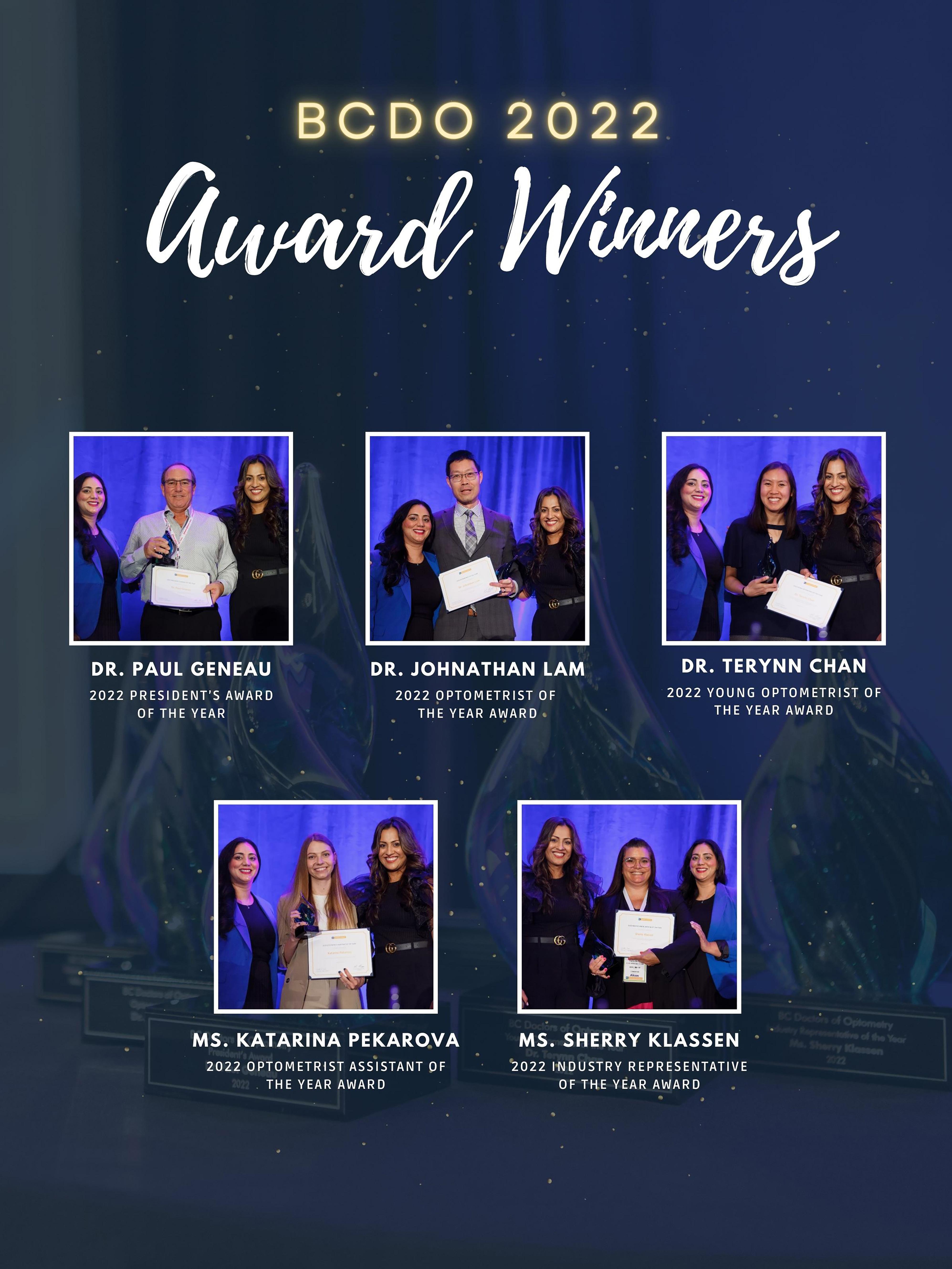
The 2023 Annual Conference & OPTOFAIR was held in person at the Hyatt Regency Vancouver, on May 11 – 13, 2023, with virtual continuing education courses offered on Sunday, May 14. This year’s conference brought over 500 Optometrists and Optometric Staff together for a weekend of continuing education, the OPTOFAIR tradeshow, and social events. To support the conference events and the continuing education, 18 corporate sponsors contributed funding to the 2023 Annual Conference & OPTOFAIR.
This year’s conference program offered over 30 courses for Optometrists to select from and featured several interactive workshops on topics such as lasers, scleral lenses, and gonioscopy. For Optometric staff, this year’s program featured the “Ocular Hygiene Program” program, providing interactive training sessions for Optometric Staff. This was then followed by courses related to patient engagement and communication, supported by OSI Group.
The Awards Luncheon, hosted by Dr. Mahnia Madan, celebrated the achievements of BCDO members, optometric staff and industry who have made extraordinary contributions to the optometric profession over the past year. Once again, congratulations to our award recipients:
The President’s Awards is BCDO’s top award for our profession and has developed to recognize the exemplary and outstanding professional and community contributions made by a member of the British Columbia Doctors of Optometry.
The Optometrist of the Year award honours a member who has contributed to the advancement of optometry in a meaningful way over the past year or cumulatively over many years.
This Young Optometrist of the Year Award recognizes a member with less than 10 years in the field and demonstrates outstanding leadership skills both within their profession and in their community.
Sherry Klassen
The Optometry Industry Representative of the Year award honors a person who has provided exceptional services to our doctors.
The Optometric Assistant of the Year honours a person who has provided exceptional service.
This year’s OPTOFAIR was a lively afternoon where conference attendees could network with industry partners and colleagues while learning about current and emerging products and services- and having the opportunity to win some amazing prizes! A surprise element of this year’s conference included Essilor’s showcase of its new children’s eyeglasses line. Over 60 organizations were exhibitors at the 2023 OPTOFAIR tradeshow, making it a bustling and busy event.

On Thursday, May 11, Alcon partnered with BCDO to host the conference Welcome Reception event to kick-start the conference weekend. This event, held at the Hyatt Regency Vancouver, was a fun evening of networking and featured an engaging presentation by bestselling author and awardwinning speaker, Joey Coleman, which equipped attendees with actionable tips on how to amplify patient engagement and retention.
BCDO hosted the Annual Conference Gala on Friday, May 12 at D6 Bar & Lounge at the JW Marriott Parq Vancouver. The theme for the Gala and Cocktail Hour, “Secret Garden”, was showcased through the stunning decorations throughout the space. Conference attendees had a great time to mix and mingle while enjoying exquisite food and beverages.
BCDO looks forward to building upon the success of the 2023 Annual Conference as preparations are made for 2024. The 2024 Annual Conference & OPTOFAIR will be held on the weekend of April 5 – 7 at the Hyatt Regency Vancouver, and we look forward to seeing you there!






As we approach the mid-year mark for 2023, Edelman and BCDO are continuing to execute the “Eye Health is Health” strategy, bringing it to life on social and in partnership with Science World for the upcoming Children’s Vision Month.
Edelman and the BCDO have prioritized securing a partnership with Science World, to host our eye health exhibit, as well as secure additional partners who will help bring our vision to life.
This period saw the redeployment of the paid social strategy and extension of paid search, and the continued expansion of the DGC program. Finally, as part of the Edelman and BCDO’s ways of working, Edelman has updated and codified our community management tracker and process along with the revised social content calendars for monthly review by the communications committee.
Edelman collaborated with BCDO to develop a comprehensive plan to produce a captivating 3D interactive eye health exhibit scheduled for October, coinciding with Children's Vision Month. To bring this vision to life, the Edelman team and Science World established a partnership with Three-Dimensional Service Inc. (3DS), ensuring the successful design and build of the exhibit. To
support, a task force of optometrists (Dr. Tsang & Dr. Ng) has been engaged to work in collaboration with the Edelman and BCDO, to provide ongoing consultation throughout the project, which is currently in the production phase.
In parallel, the Edelman team is finalizing PR tactics and a comprehensive communications strategy to support the exhibit. This plan will leverage earned media, social media, paid media, and other owned channels to create an ecosystem that captures the audience's attention. Exploring the incorporation of the DGC program and Science World's channels, we aim to maximize the amplification of the exhibit.
The exhibit is slated to be completed by the third week of September and will be installed at Science World in anticipation of October. From October 1 to 31, the exhibit will be open to the public, offering an engaging and educational experience. Following the conclusion of the activation, Edelman will prepare a comprehensive wrap report highlighting the results achieved through various public relations and communications efforts and assist in arranging storage for the exhibit to allow for its use in upcoming years.
At the start of 2023, Edelman vetted nine new participants, providing new content to the BCDO’s social platforms, while educating audiences on
topics such as eye pain and myopia. The campaign continued to generate a wealth of new engagements and has been amplified by the summer paid social campaign.


Since the initial posts were deployed on Instagram, we have observed a total of 133 likes and 10 comments, organically. Through paid amplification, we have seen 10,315 views on Instagram, and on Facebook; 91 likes, 24 comments and 12 shares. Looking ahead, the DGC series is planned to roll out at a higher frequency in the ladder half of the year.
A new suite of content provided by optometrists (Dr. Luk, Dr. Pirzada, Dr. Mah and Dr. Sidhu) is underway and will set the BCDO DGC content pipeline up for success as we head into the fall.
campaign will then run to the end of 2023.
Additionally, paid efforts will be focused on promoting the Eye Health Exhibit and Children’s Vision Month during October.
Edelman has extended search campaign efforts and launched a new paid campaign with rotating creative updated monthly. Programmatic ads are currently being designed and assets will be provided for approval in July. This programmatic
As a part of our new ways of working established in the quarter - the Edelman team revamped the community management process, resulting in a refreshed response pool and global tracker for significant engagements. Each week, Edelman provides an update to the BCDO team and engages members to draft appropriate responses when expert opinions are needed. Community management scans take place three times per week and include organic and paid social assets.
In addition, Edelman has refreshed its monthly cadence of developing content calendars for the Communication Committee to oversee while providing guidance on content copy and new visual assets. Edelman will continue to evolve and optimize the current approach with the Communications Committee to ensure all parties are comfortable and aligned with the content
being deployed.
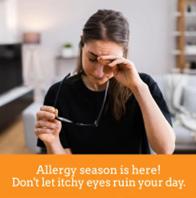

During this period, Edelman engaged our digital strategist to spearhead BCDO’s social media refresh, aiming to adapt and enhance the organization's digital ecosystem and provide a rollout plan for the inclusion of TikTok as part of the BCDO channel mix. The Edelman team
conducted a comprehensive social media audit, which encompassed an industry assessment, evaluation of organic content on Facebook, Instagram, and YouTube, as well as a competitor/ industry peer content analysis for the BCDO.
To propel this initiative forward, the audit findings will guide Edelman in updating our channel and content strategy to make sure it aligns with the ever-changing digital landscape – Adapting to the Age of Discovery. Collaboration with the Communications Committee and day-to-day BCDO support will drive actionable steps and unlock growth in both new and existing channels.
